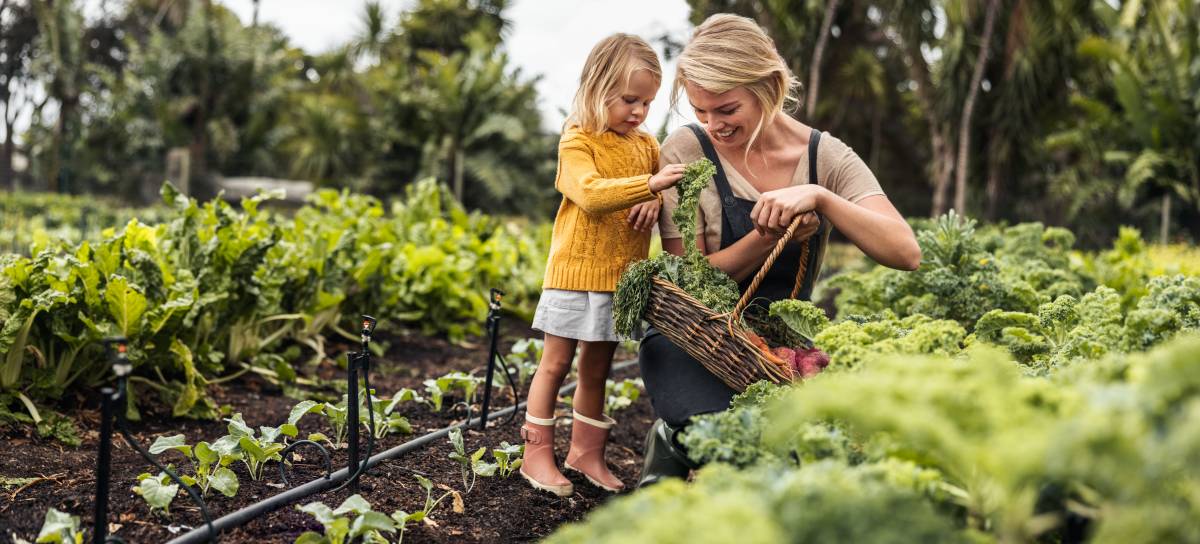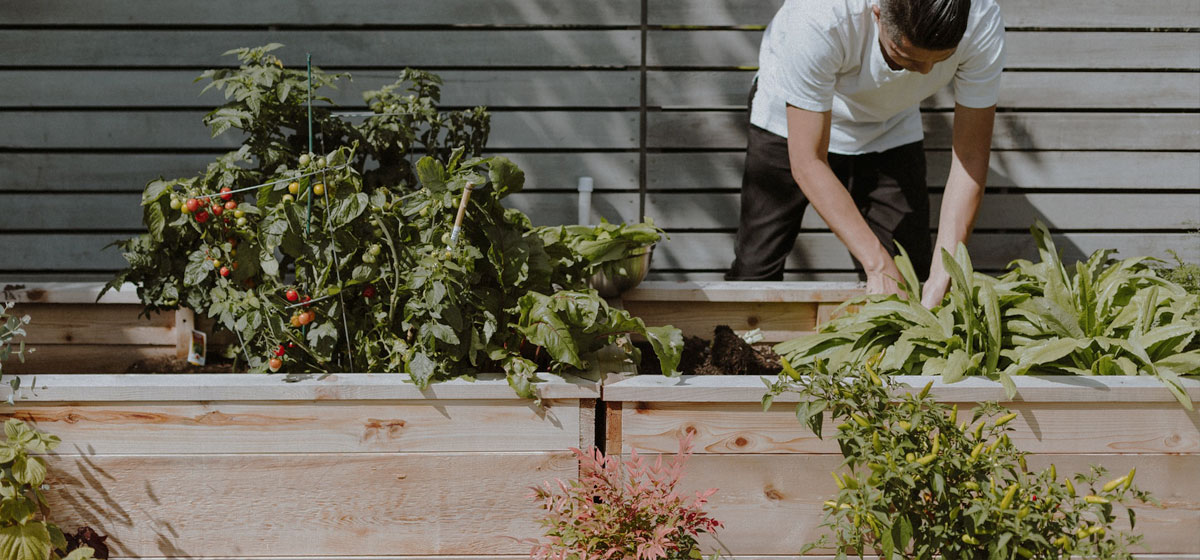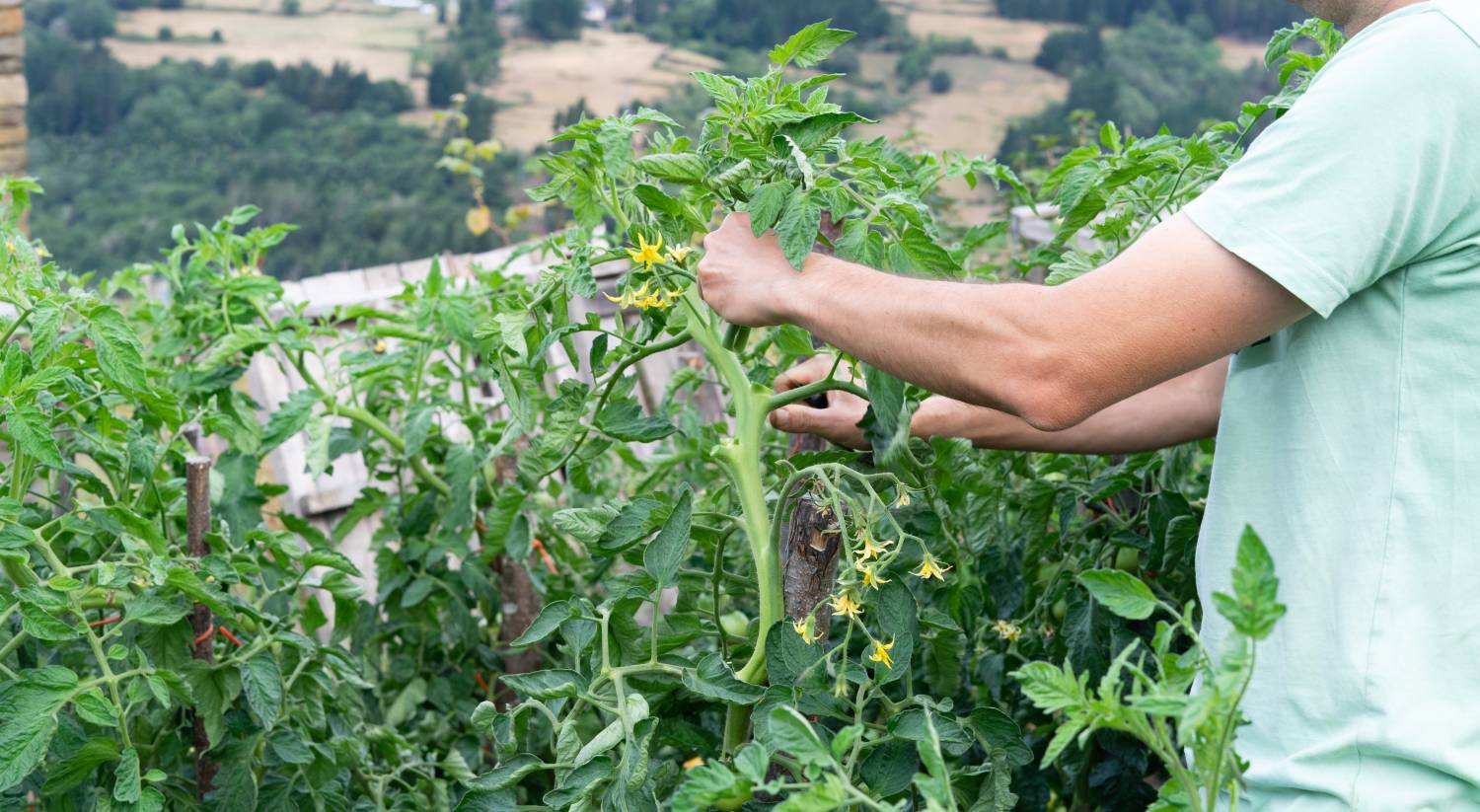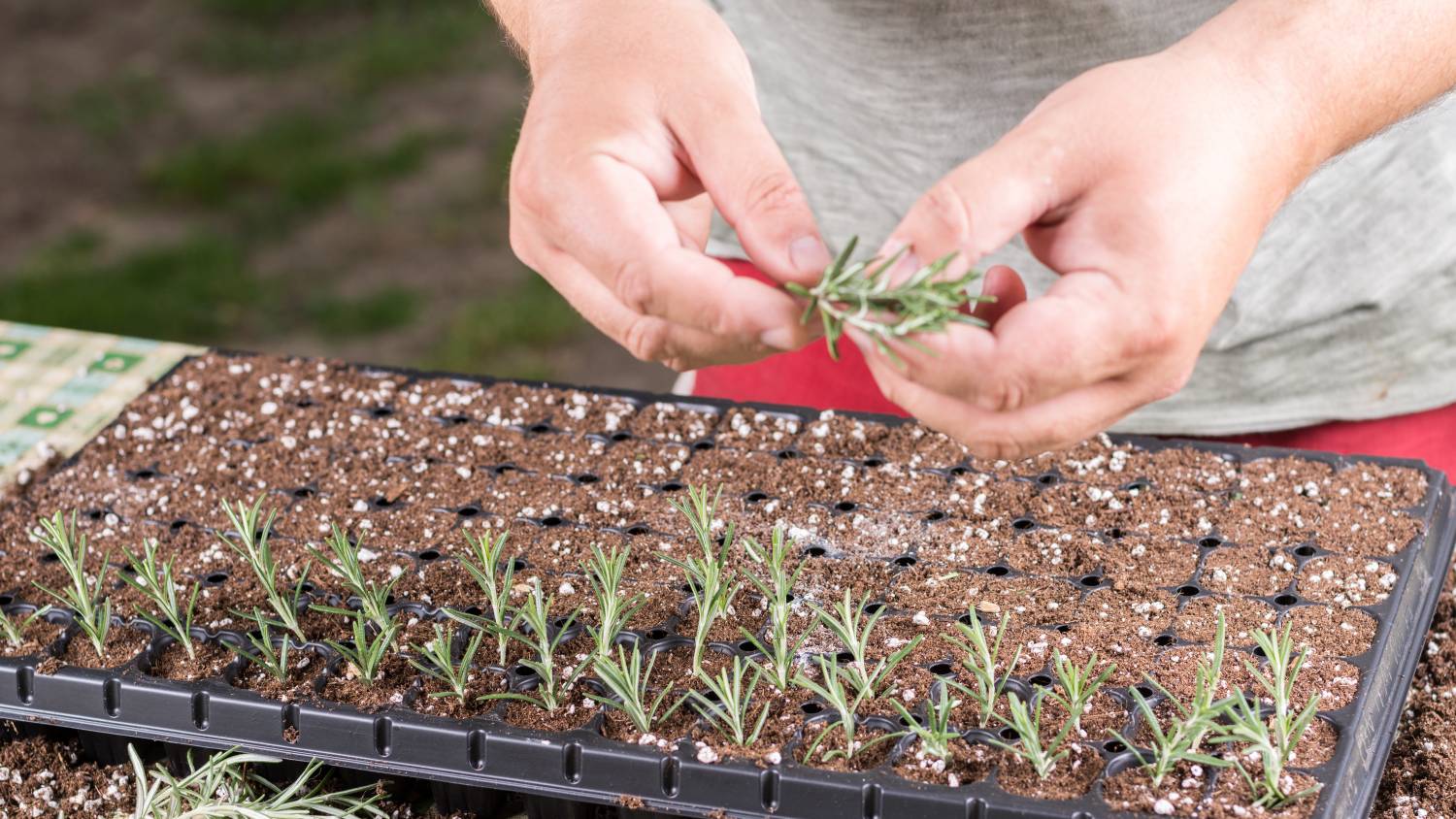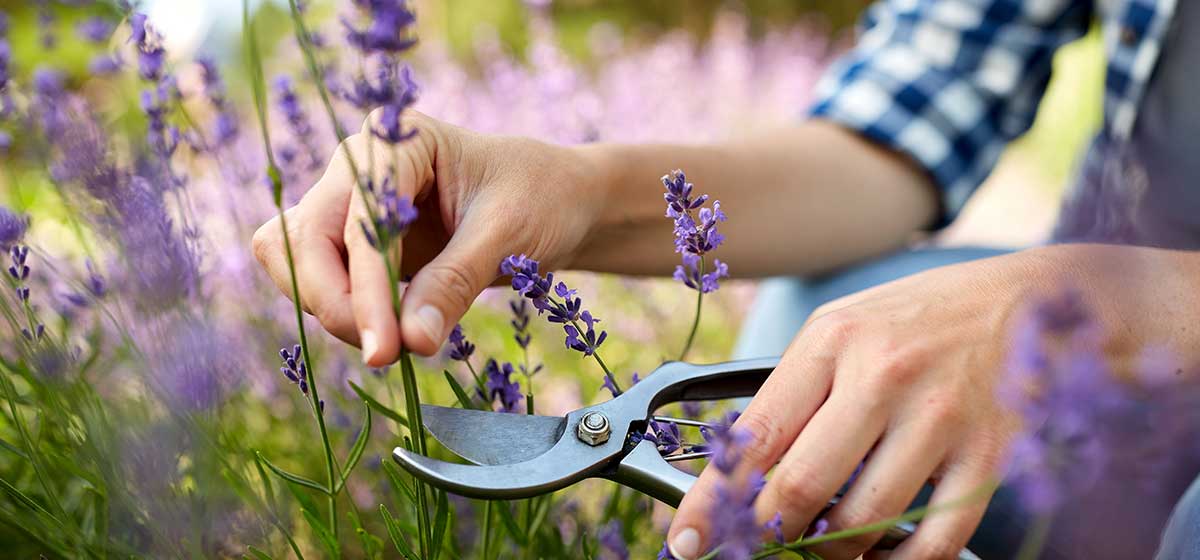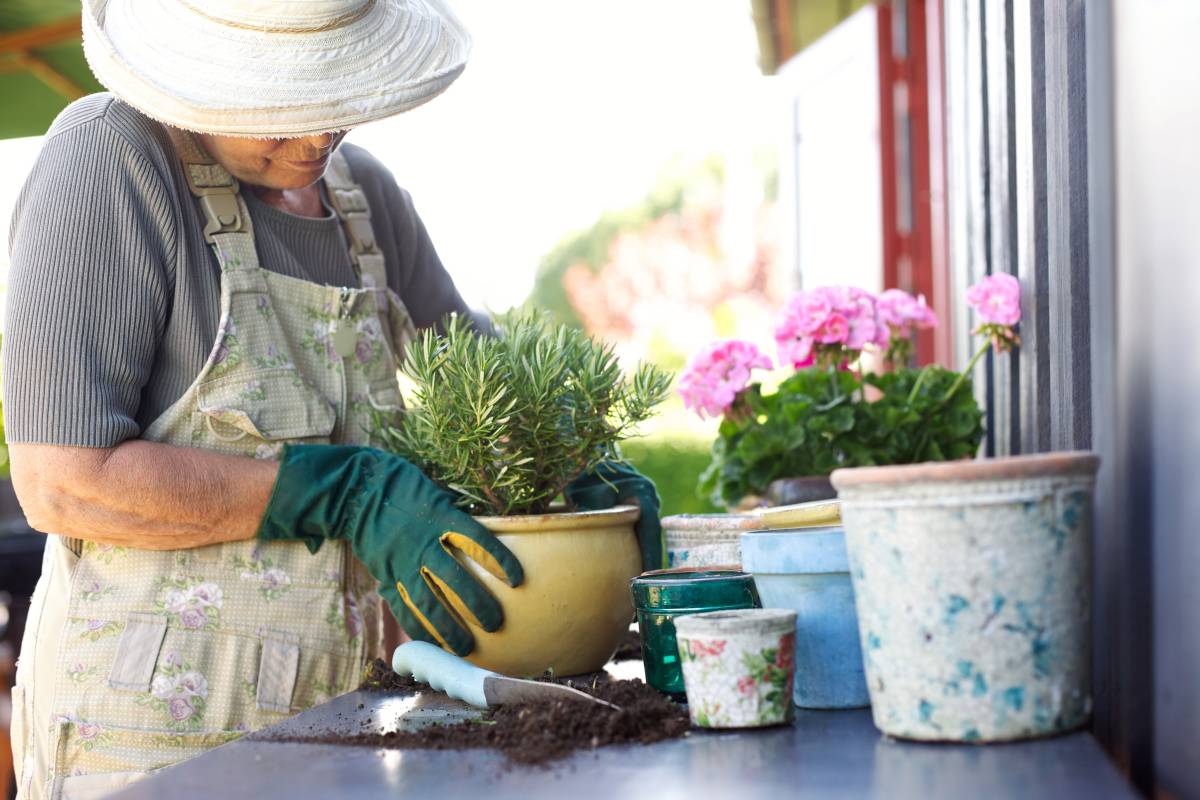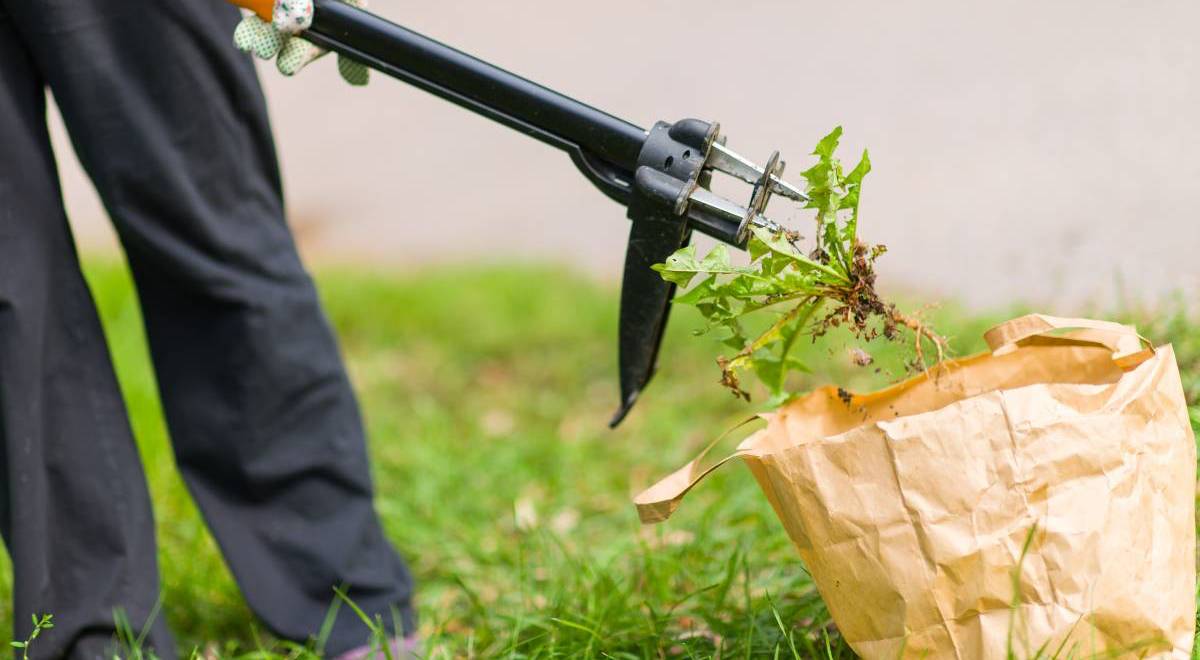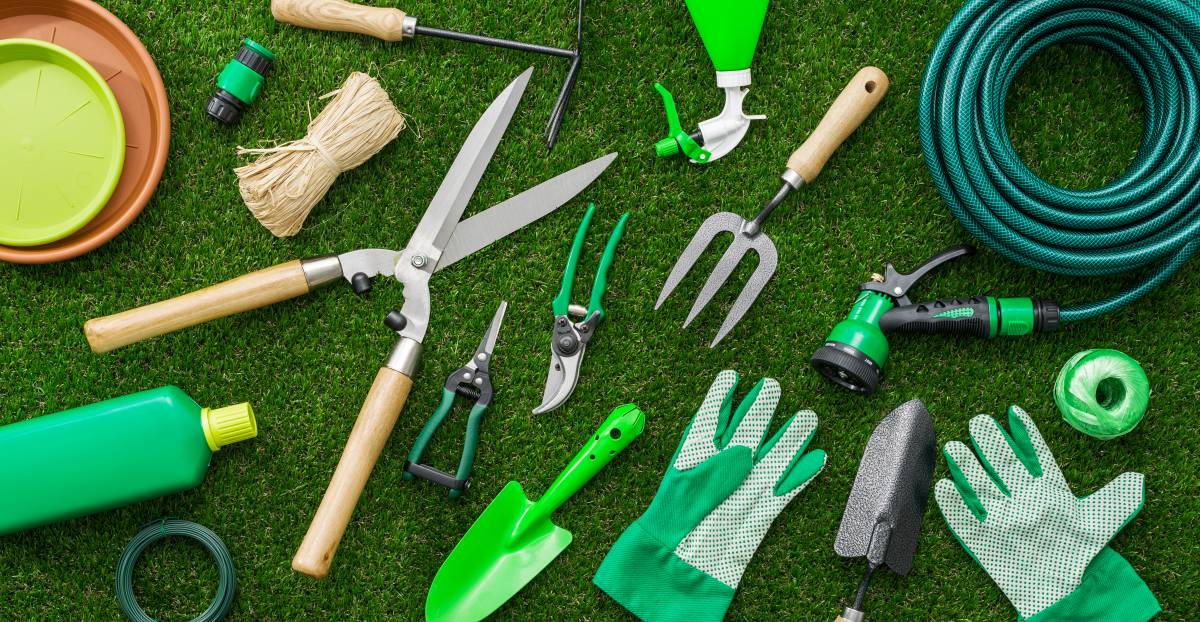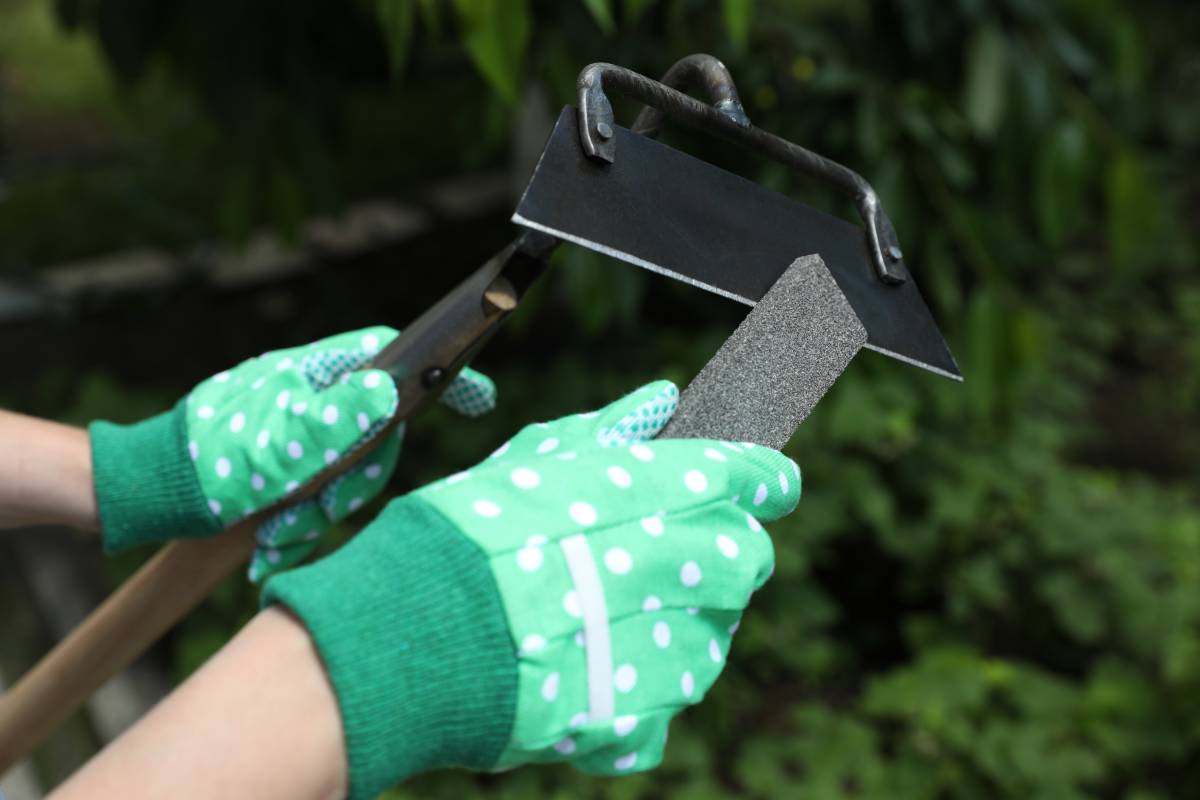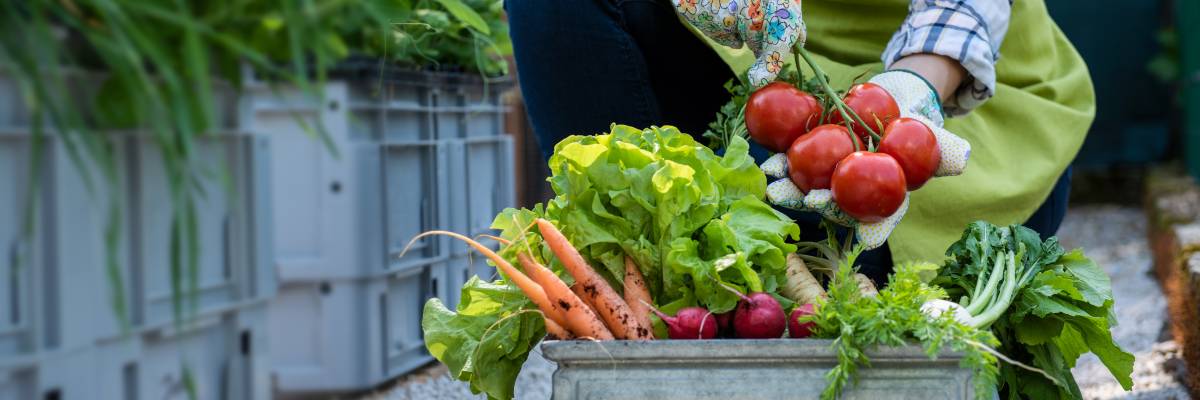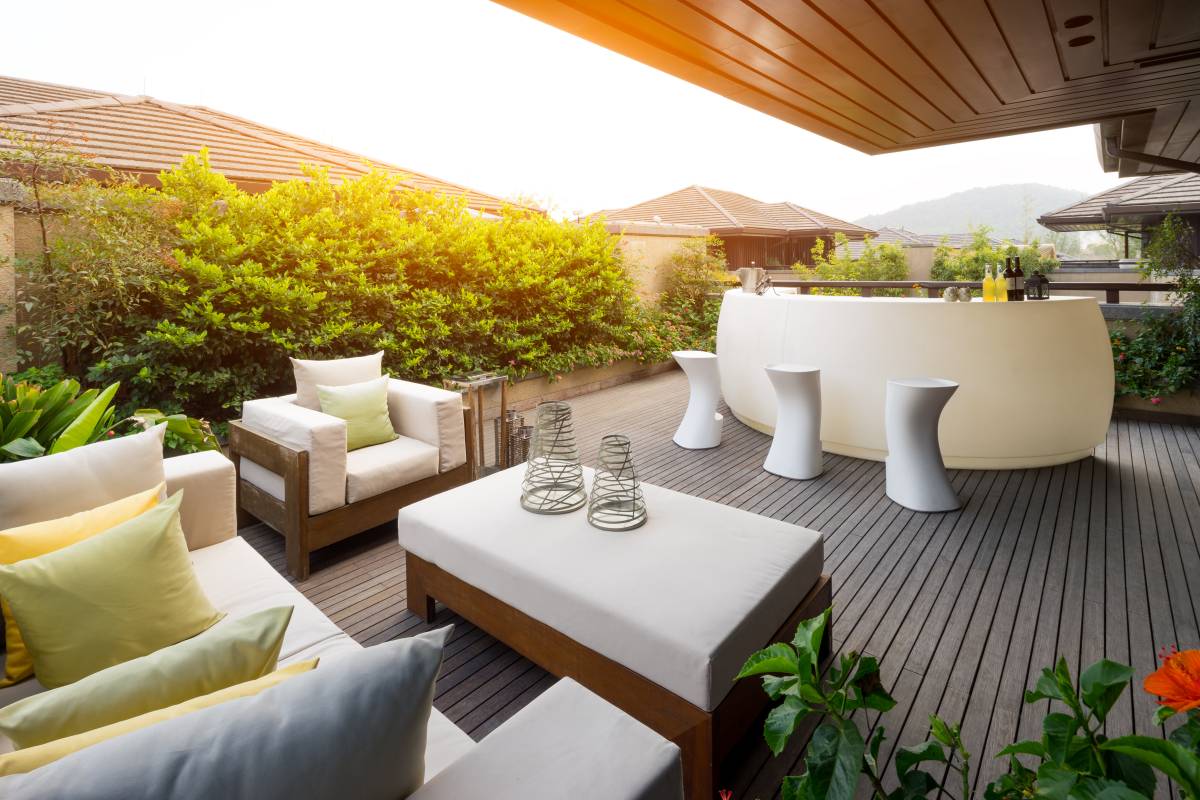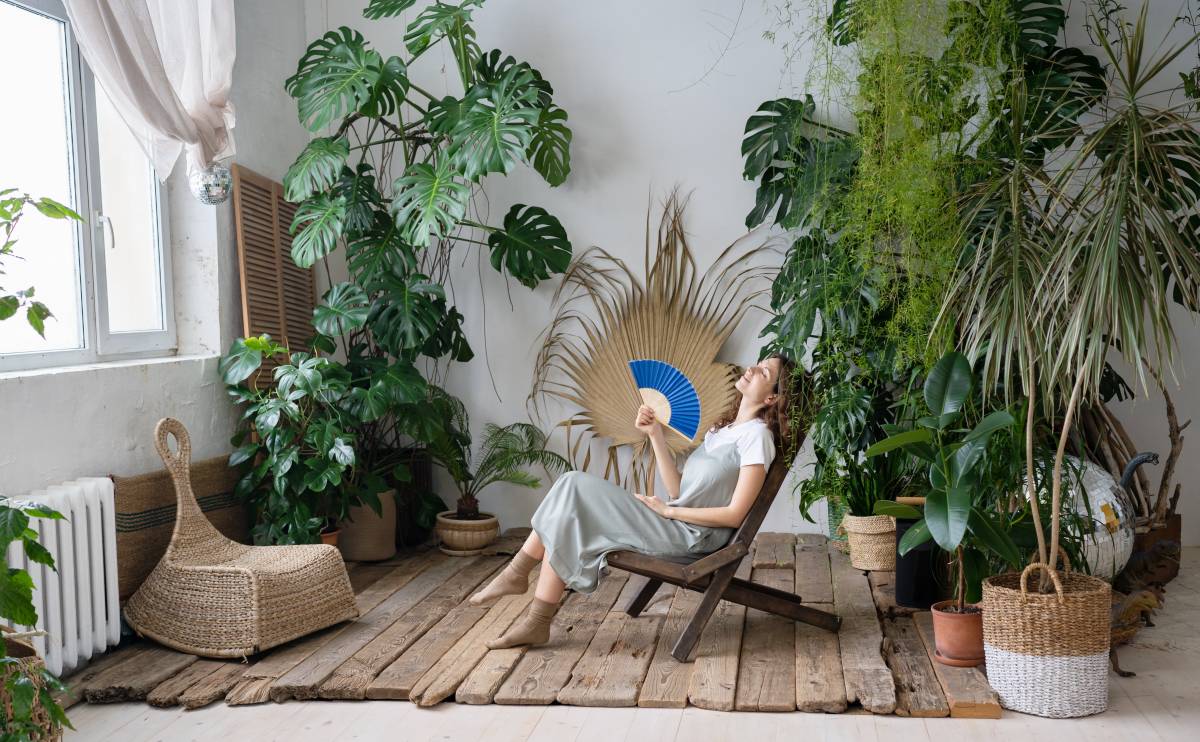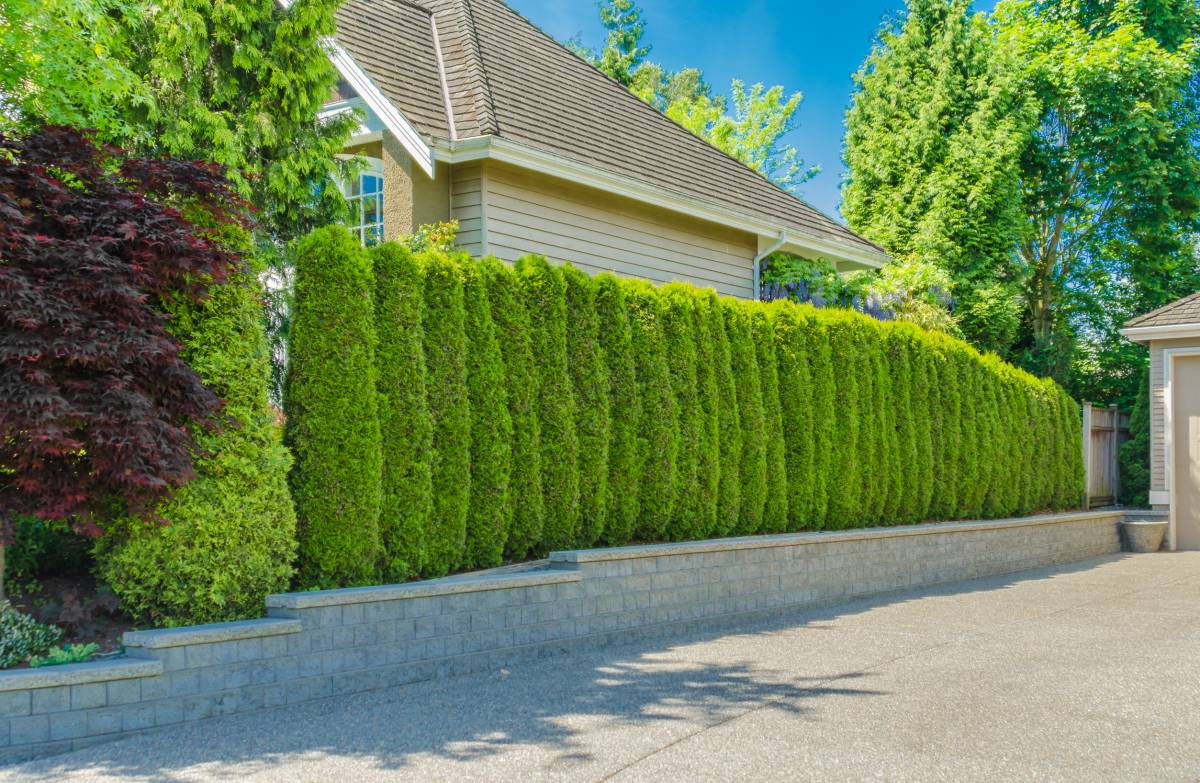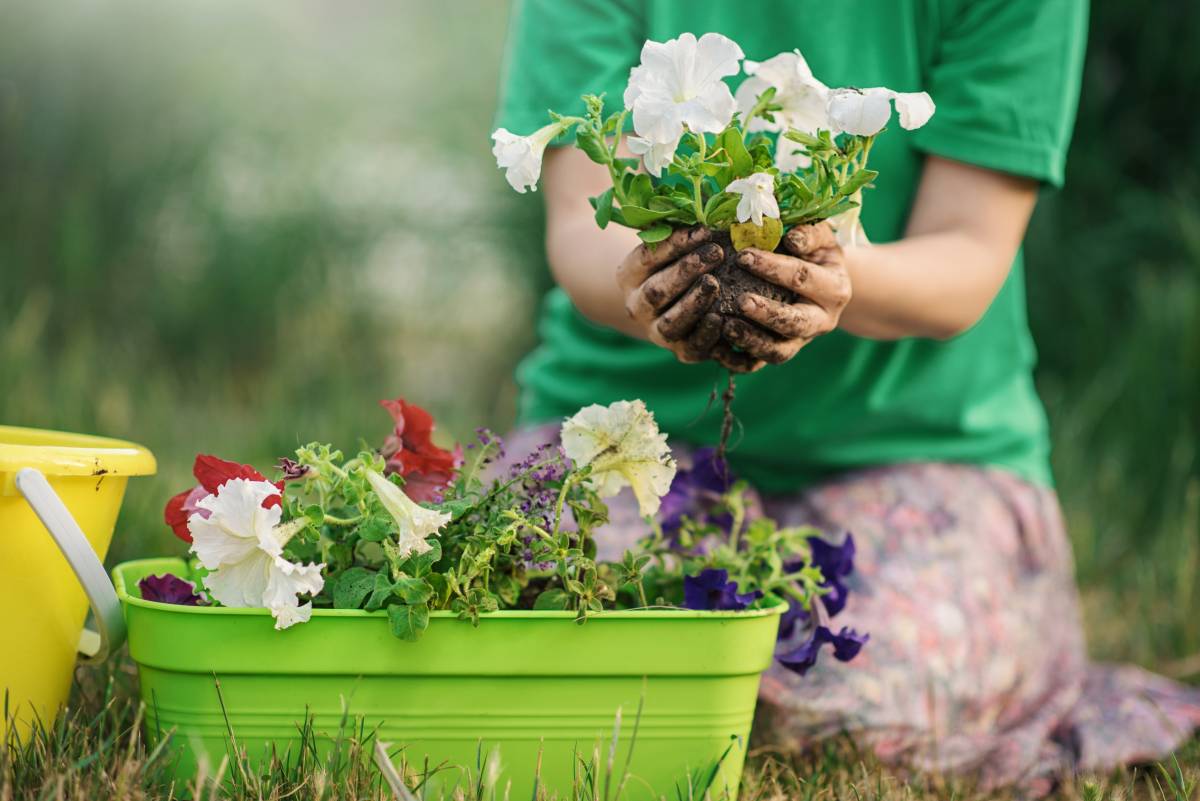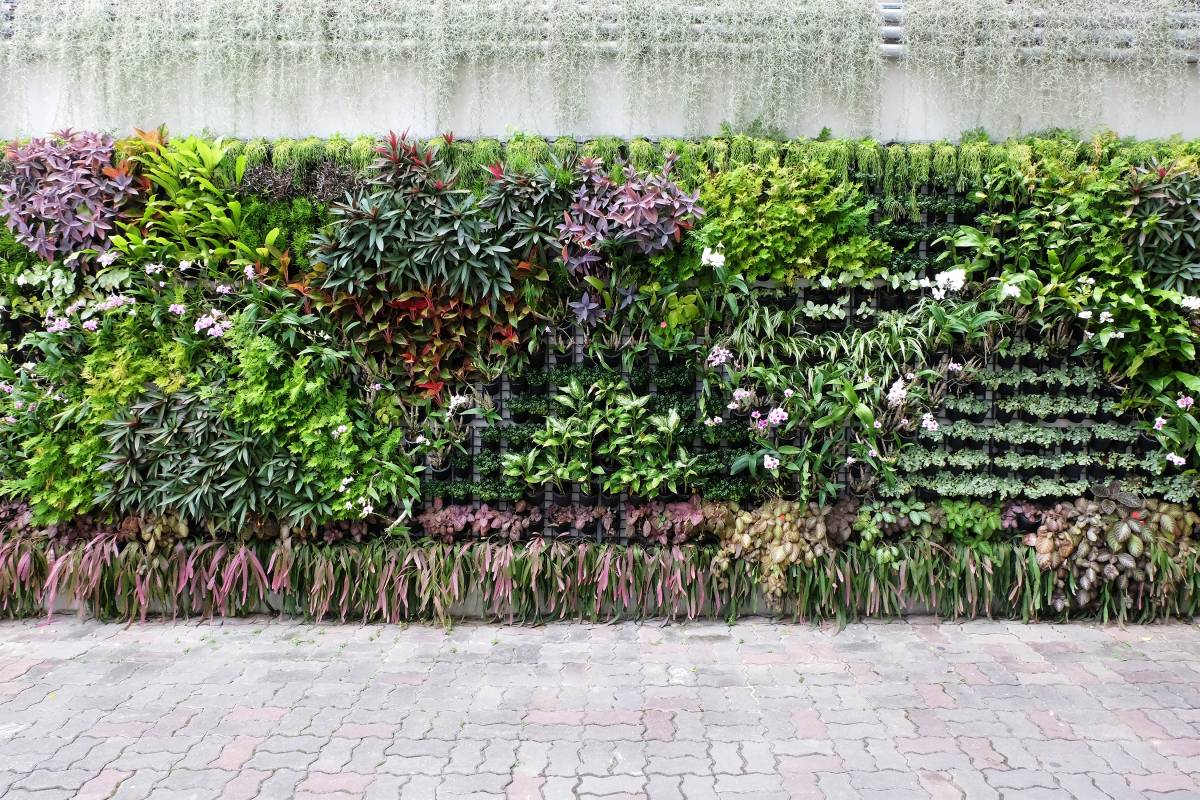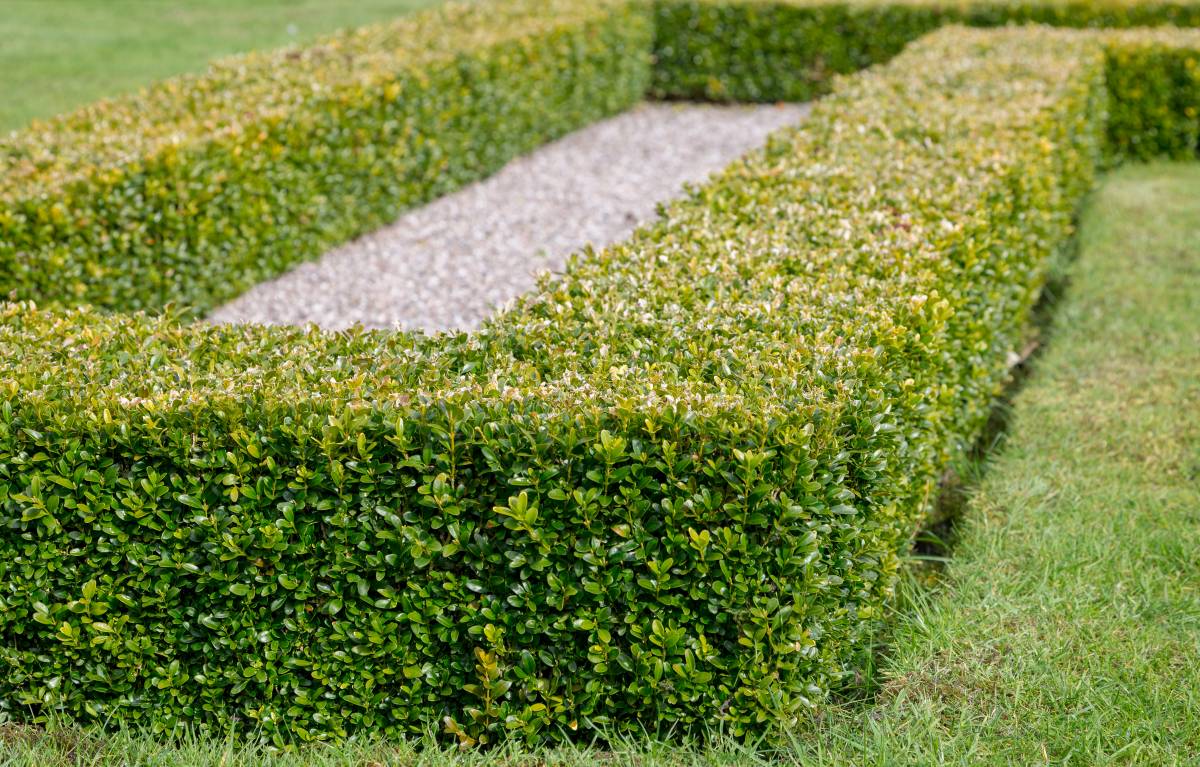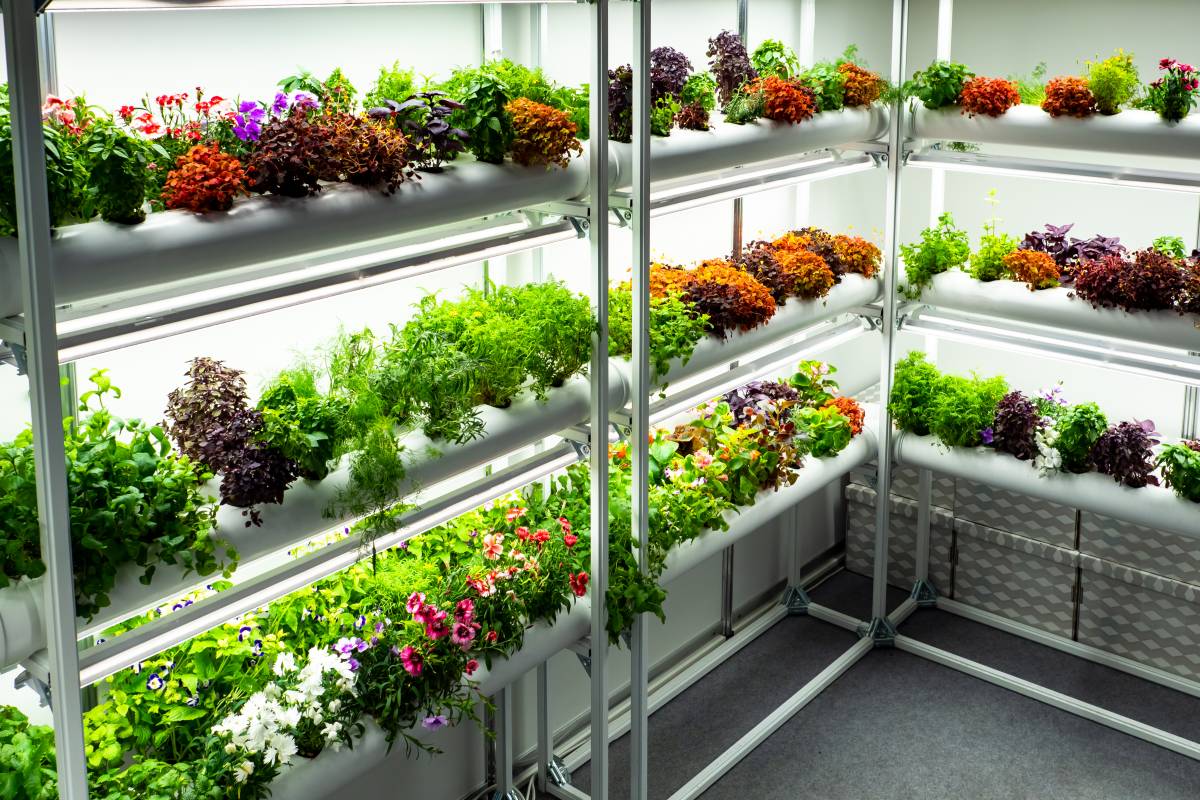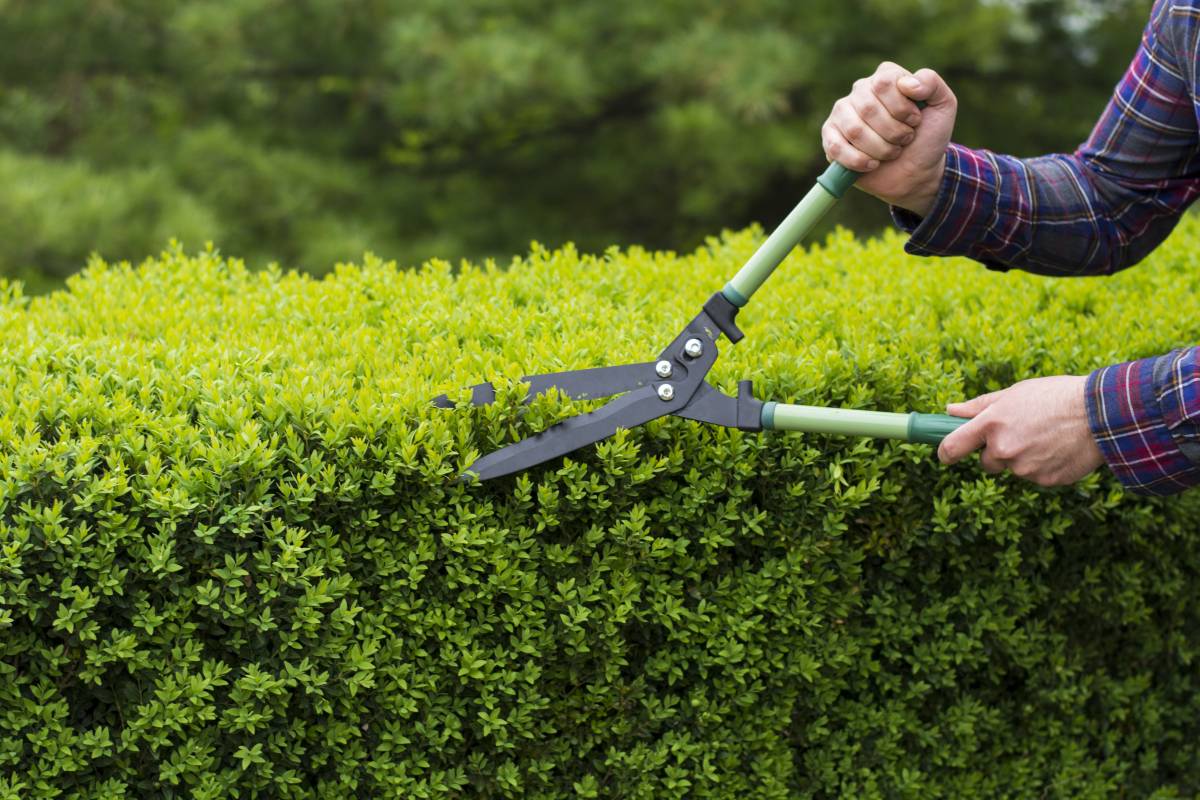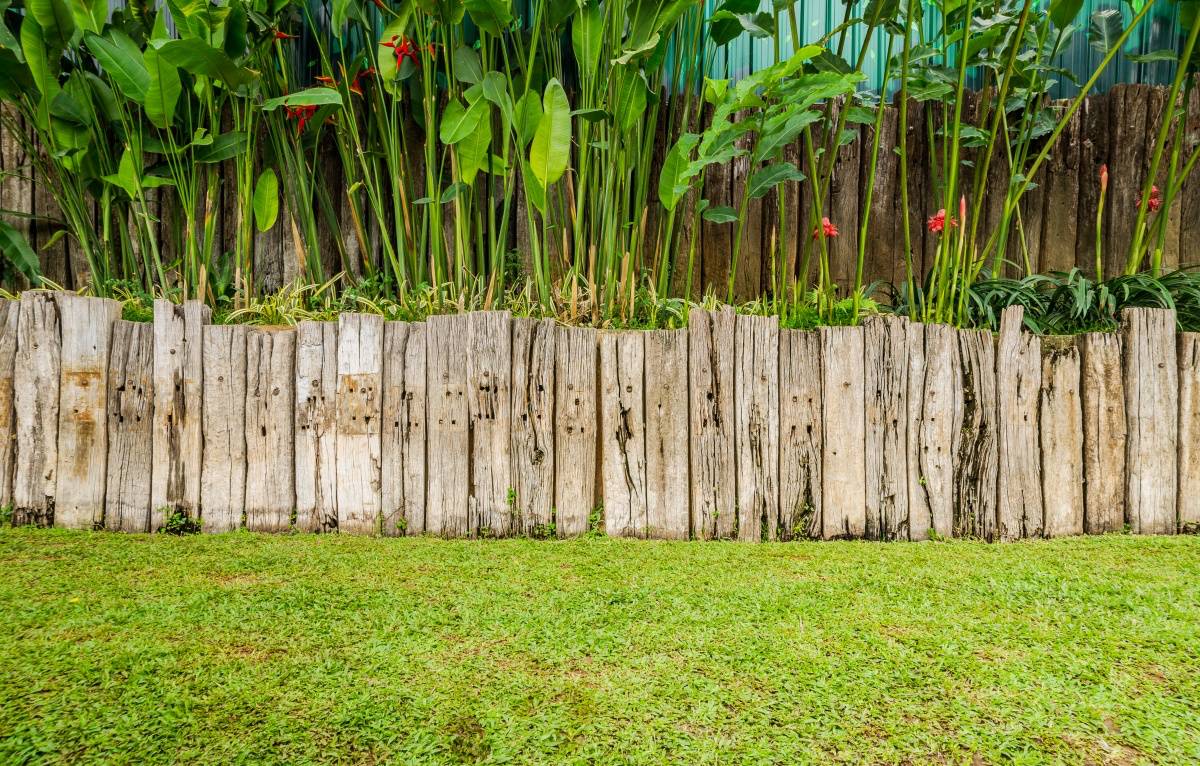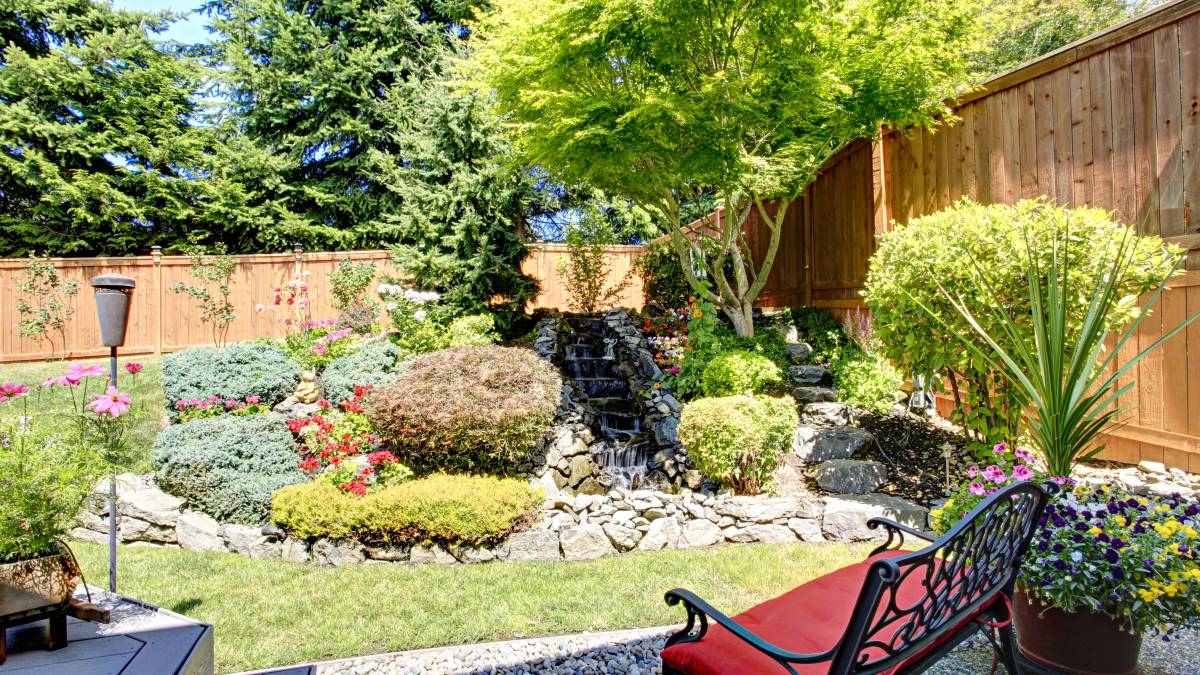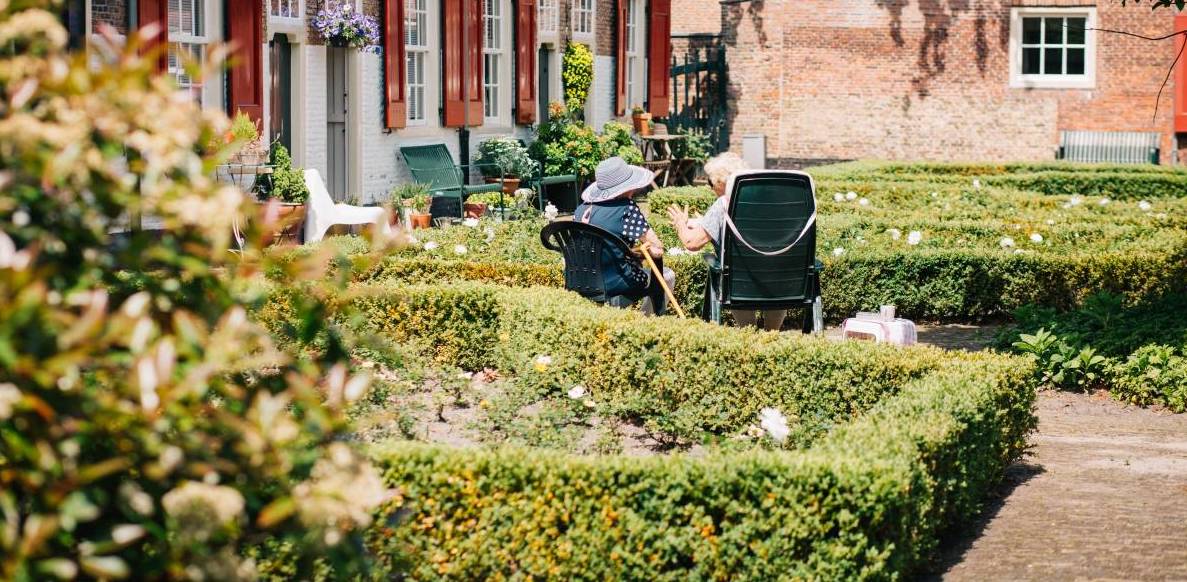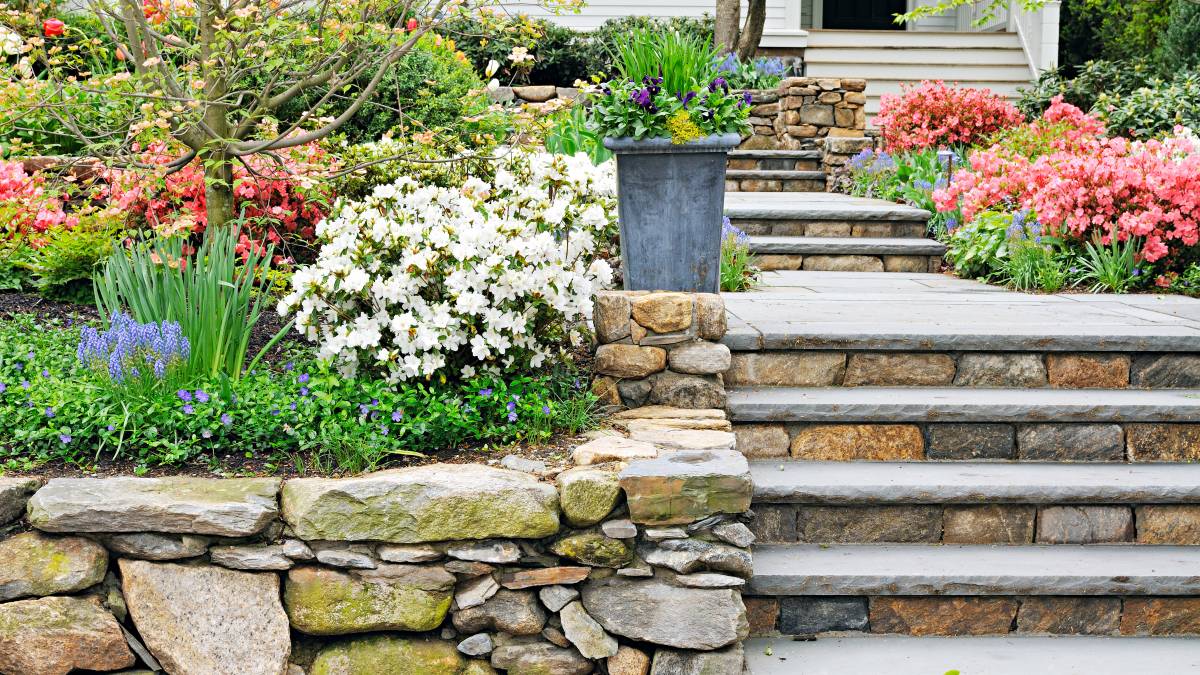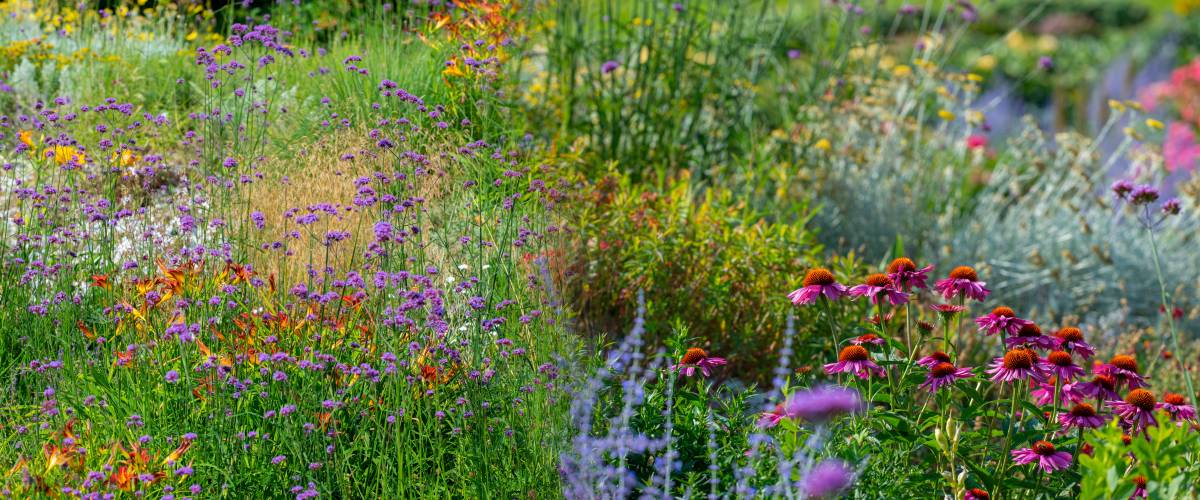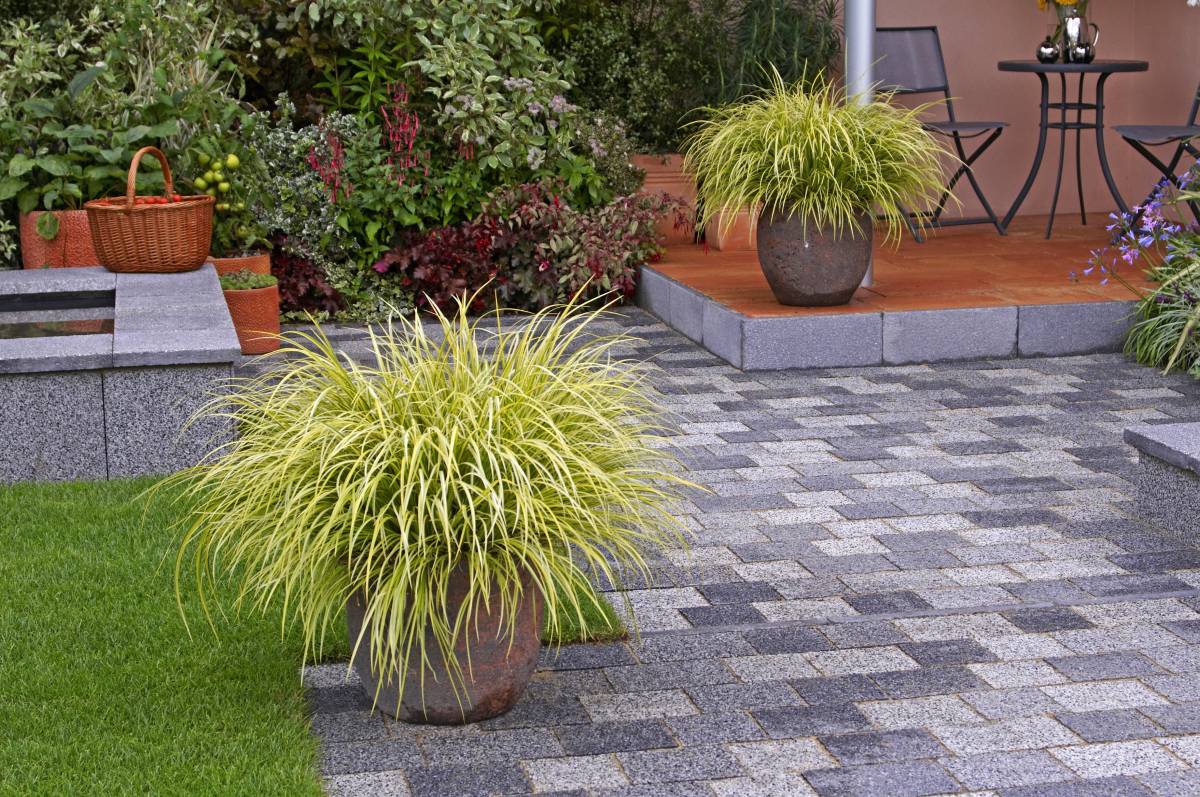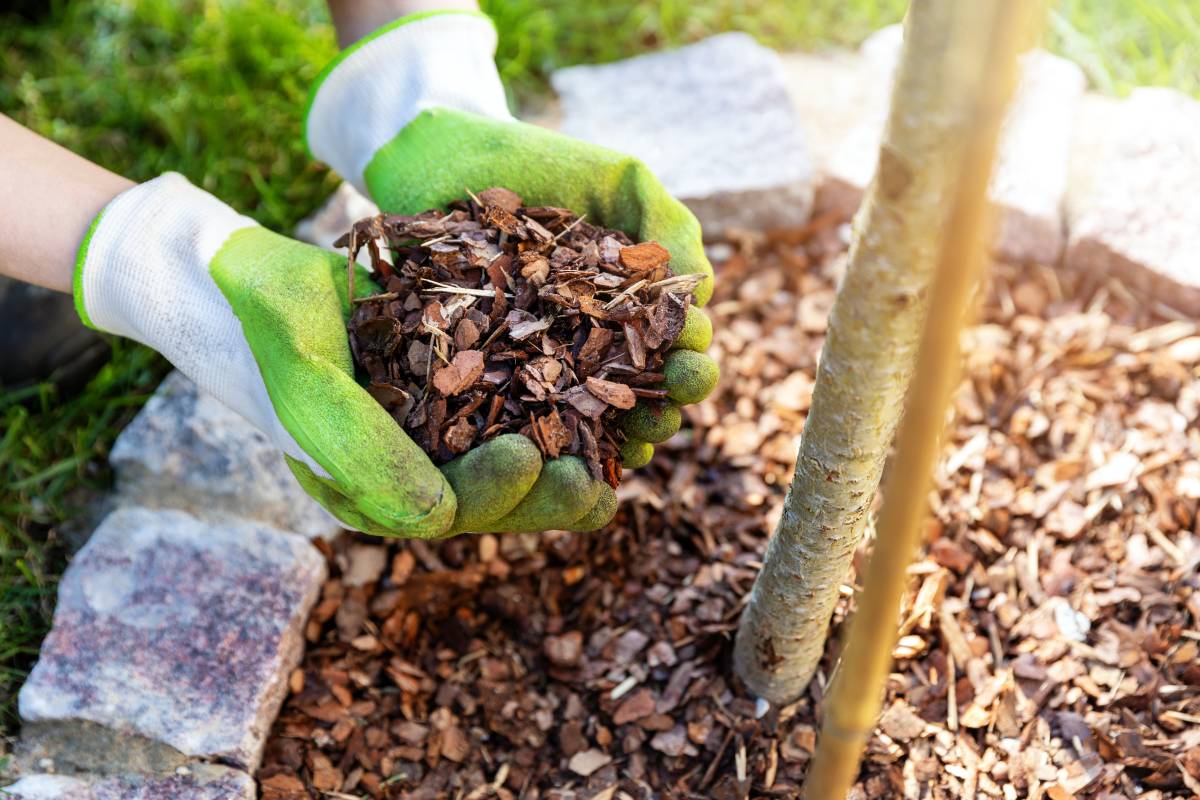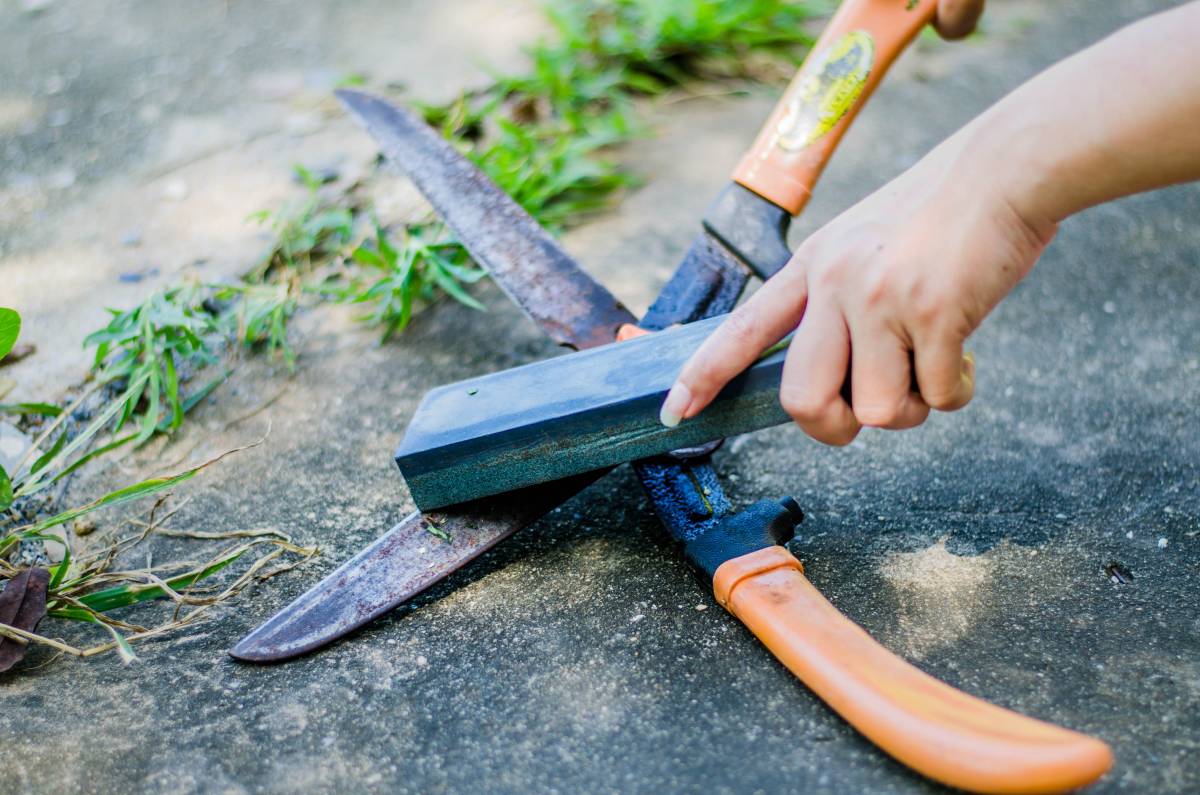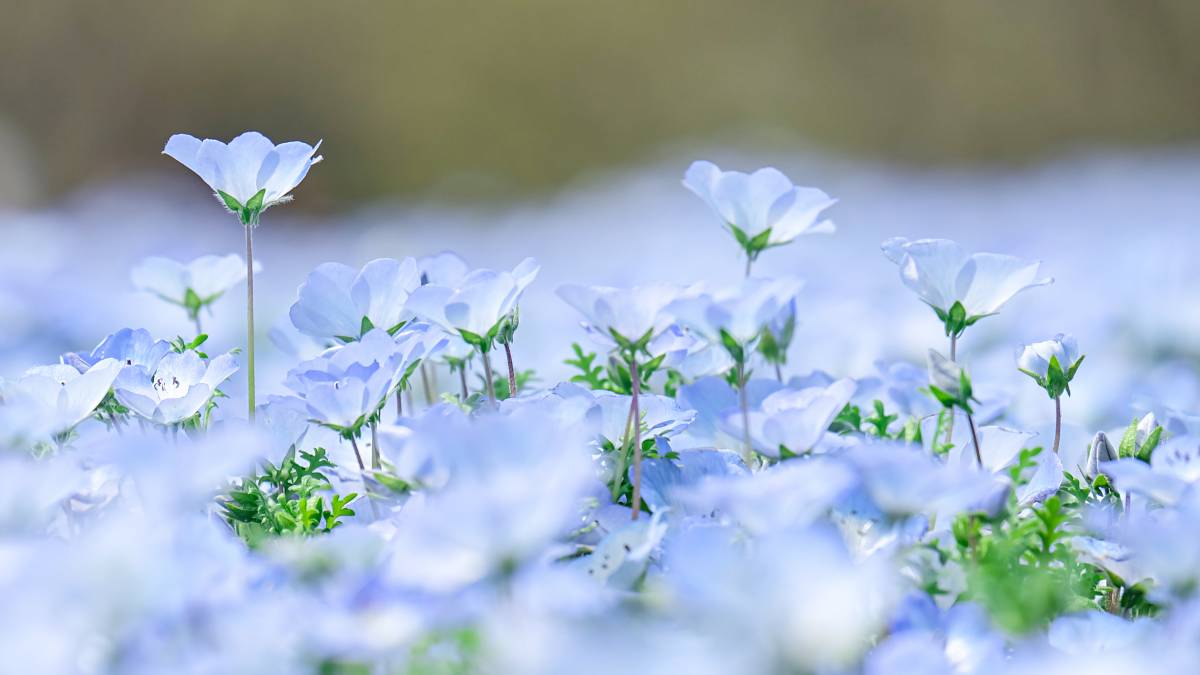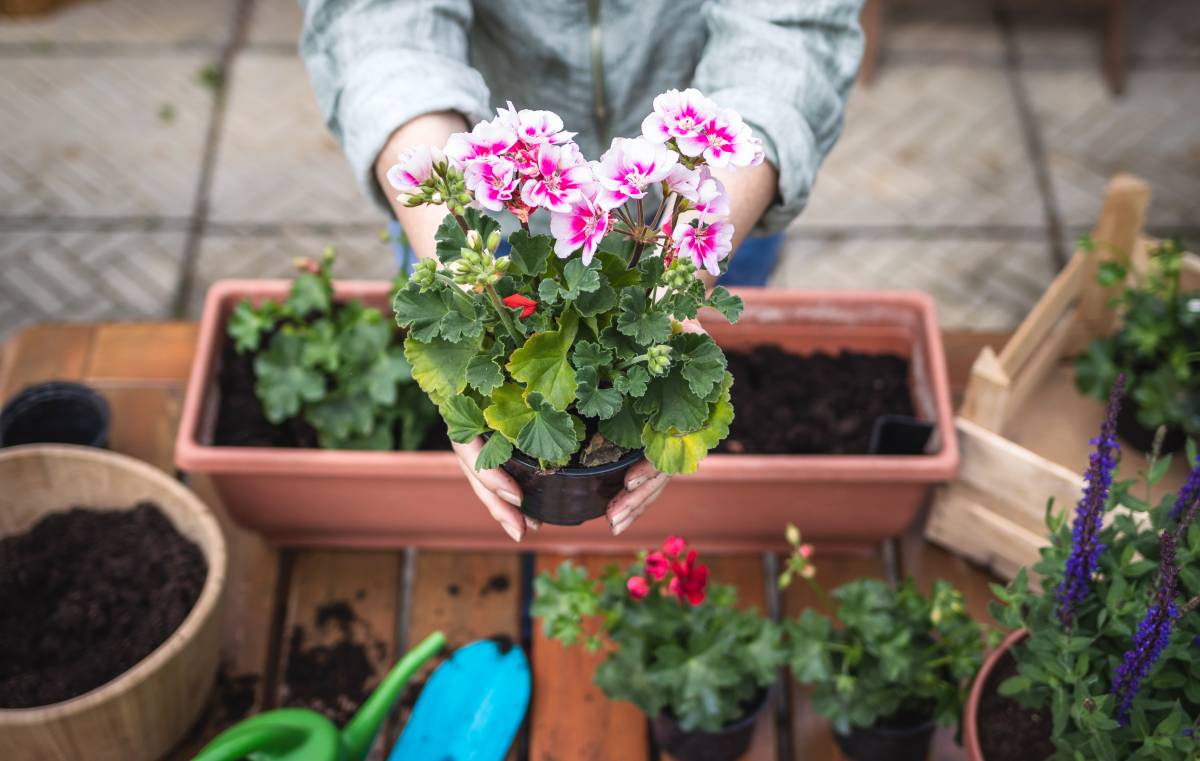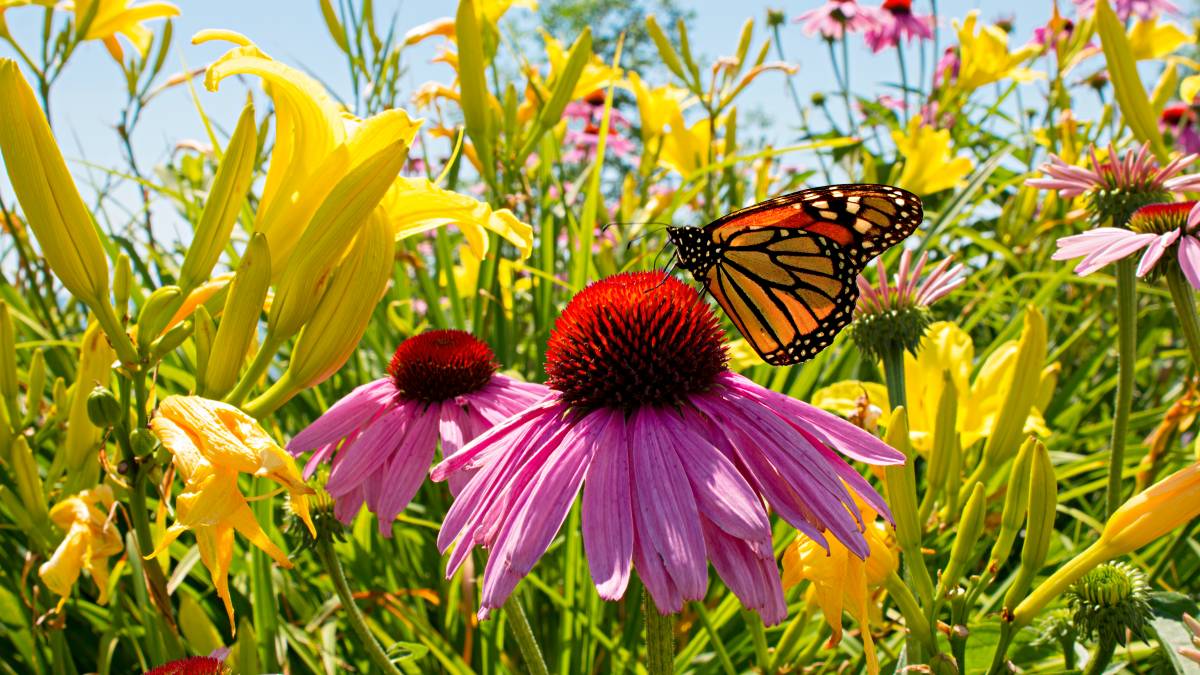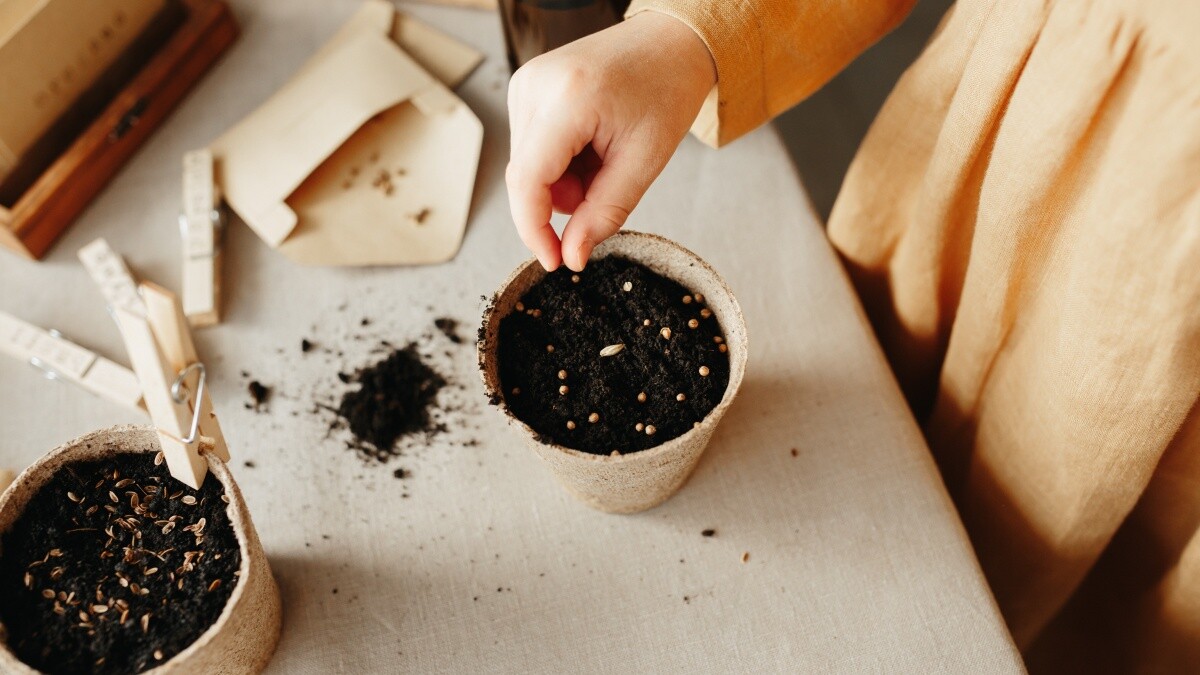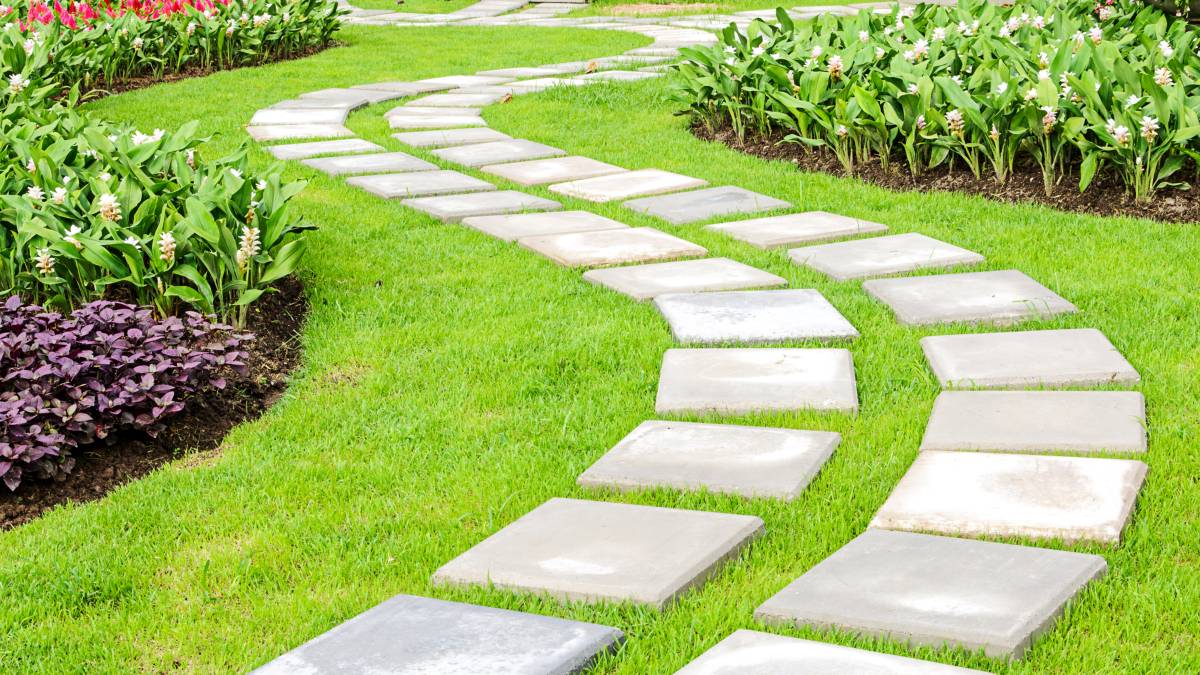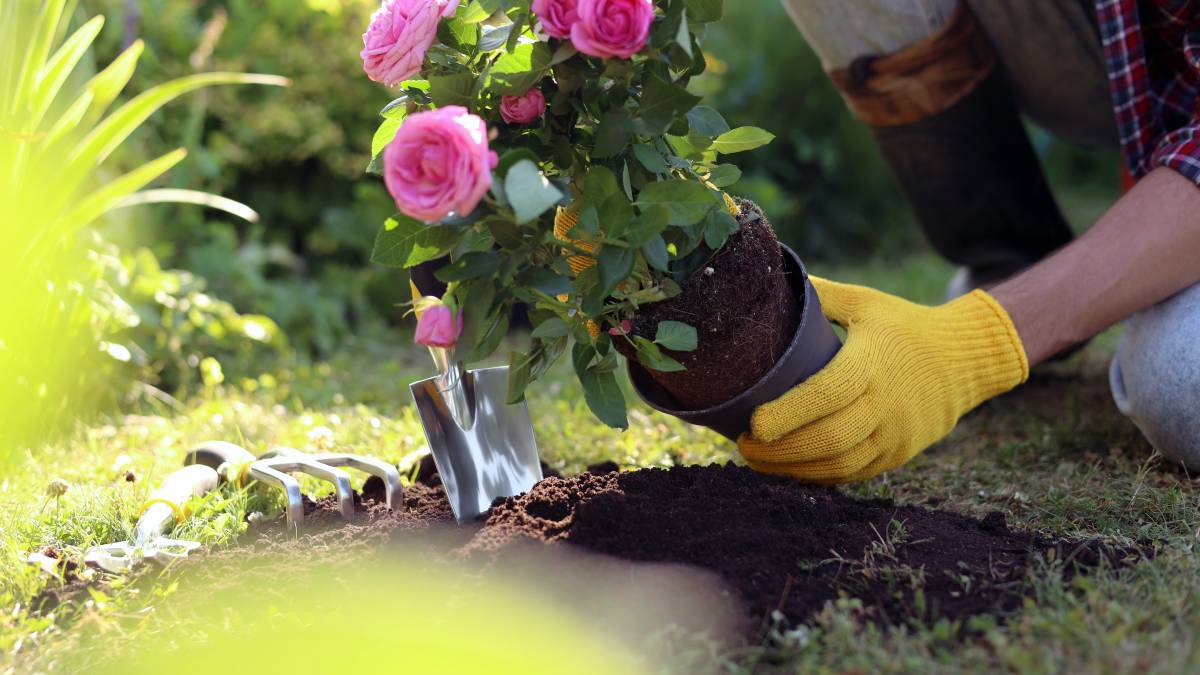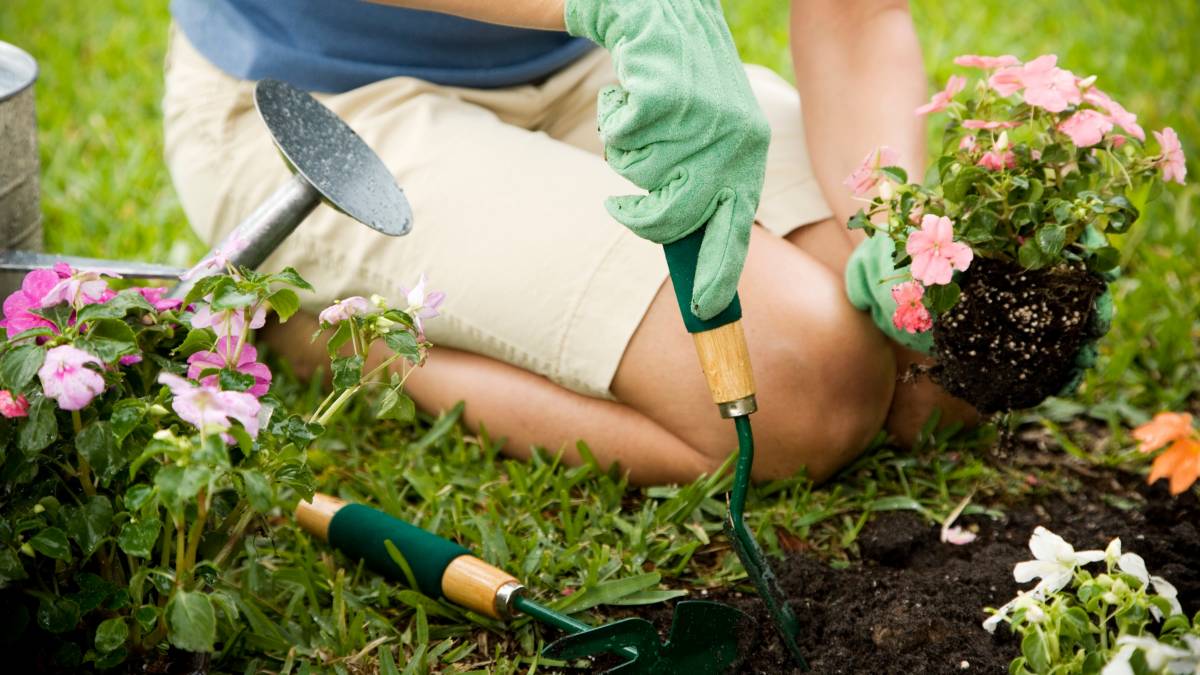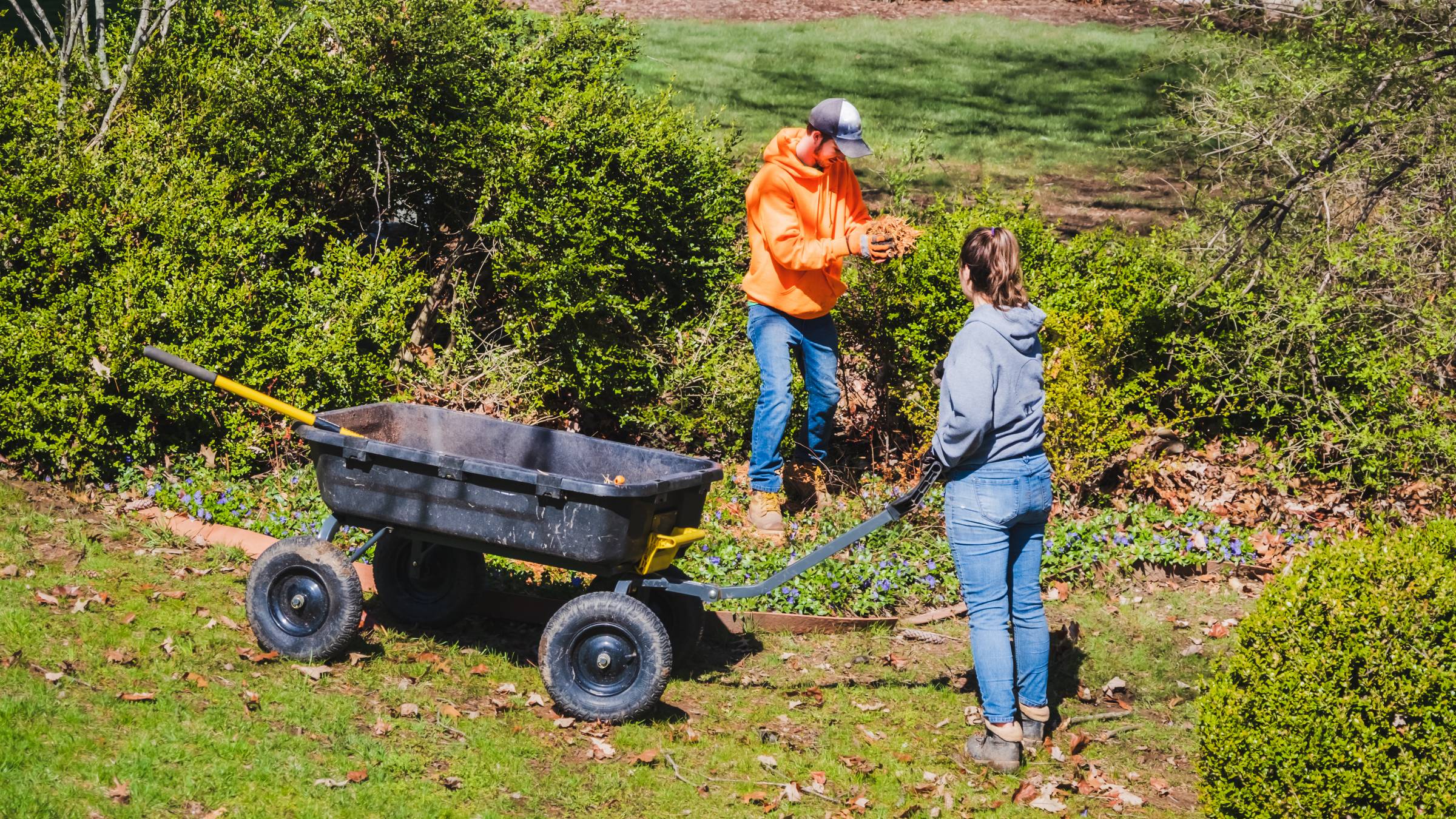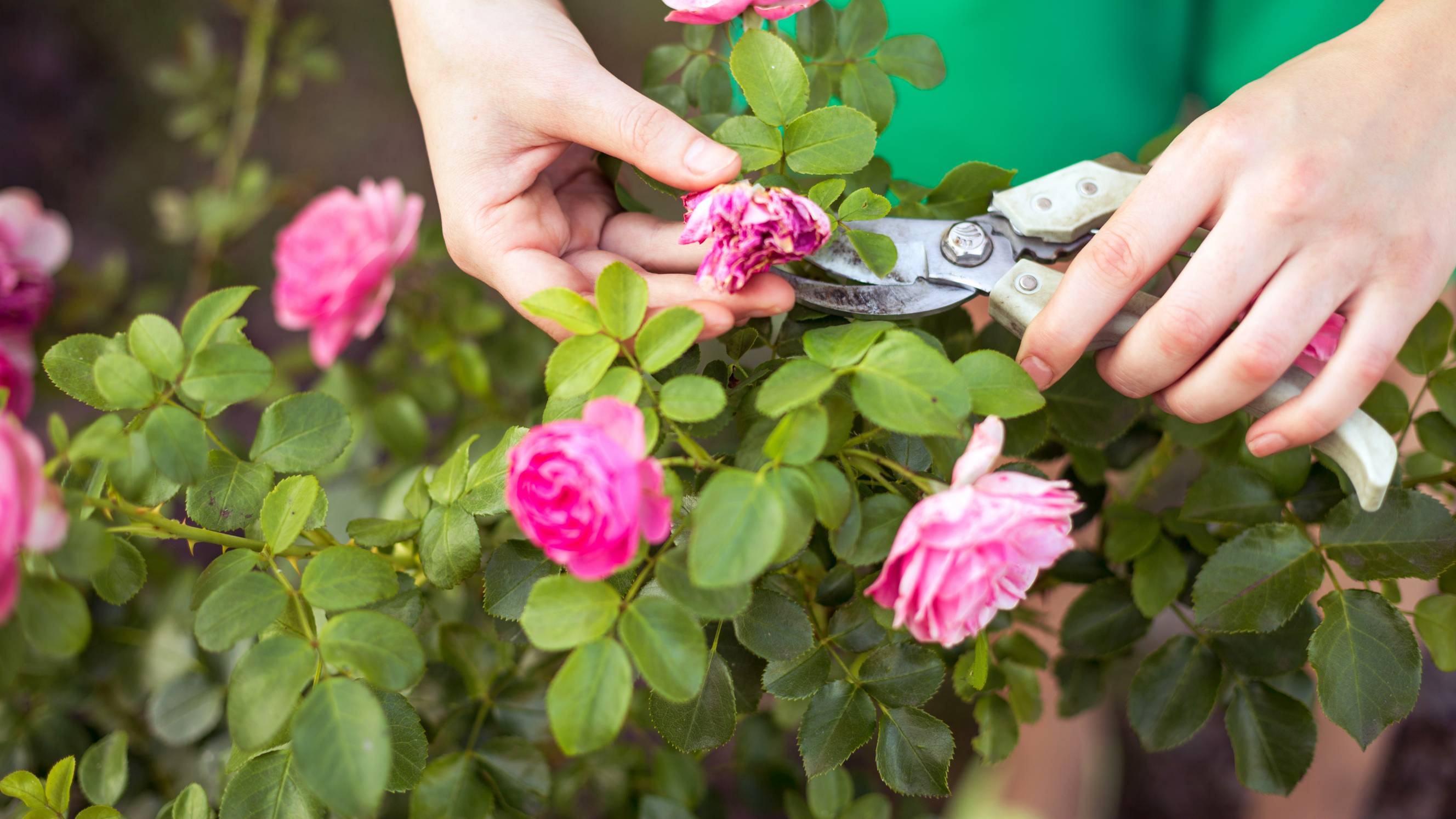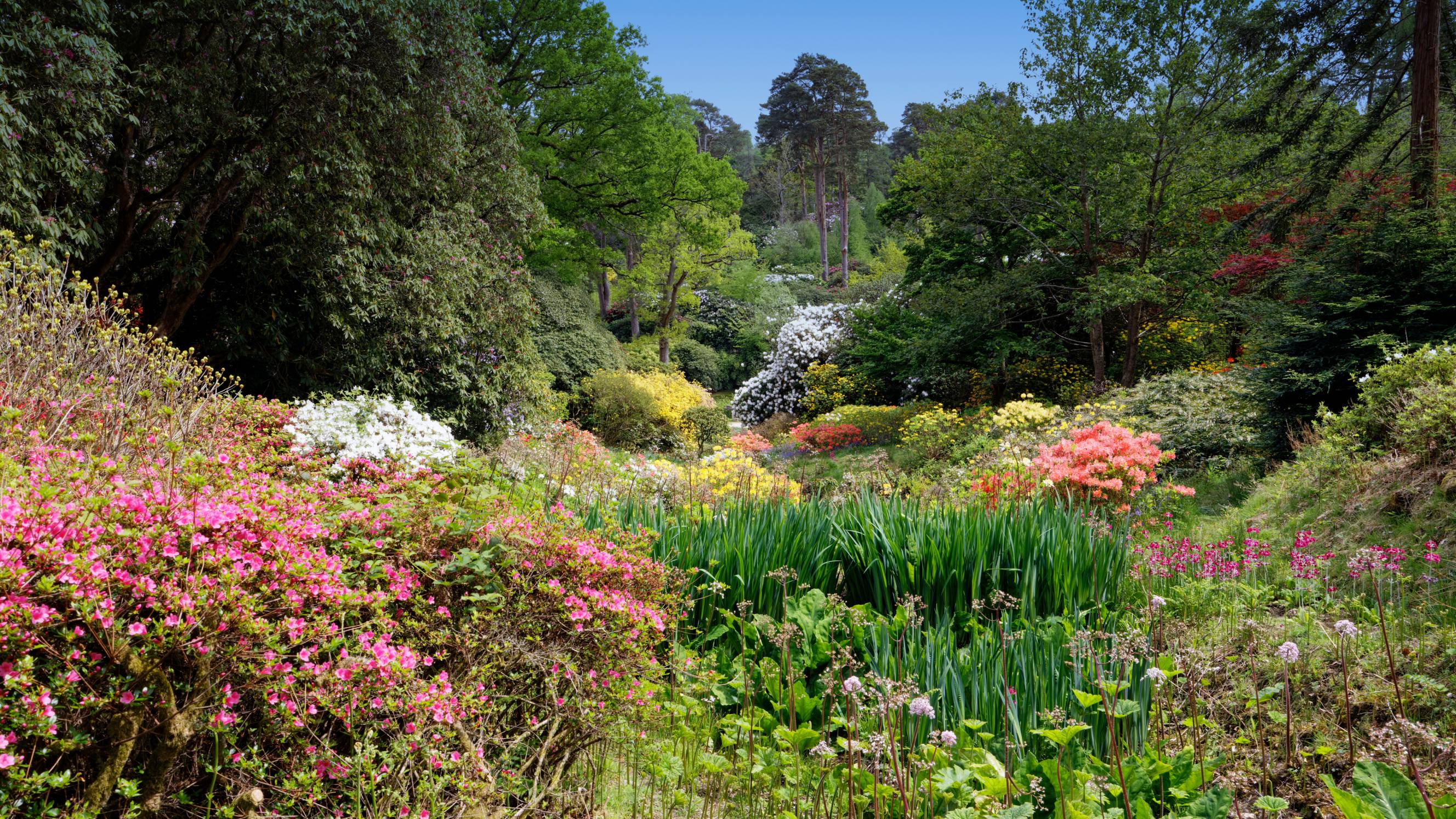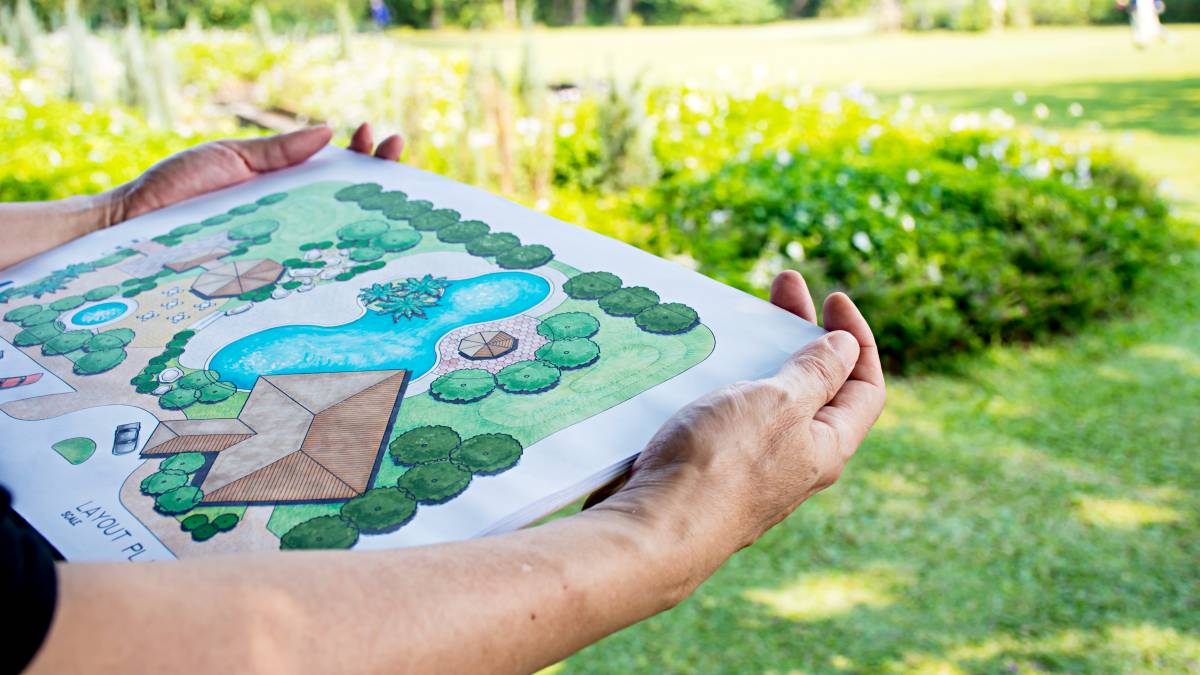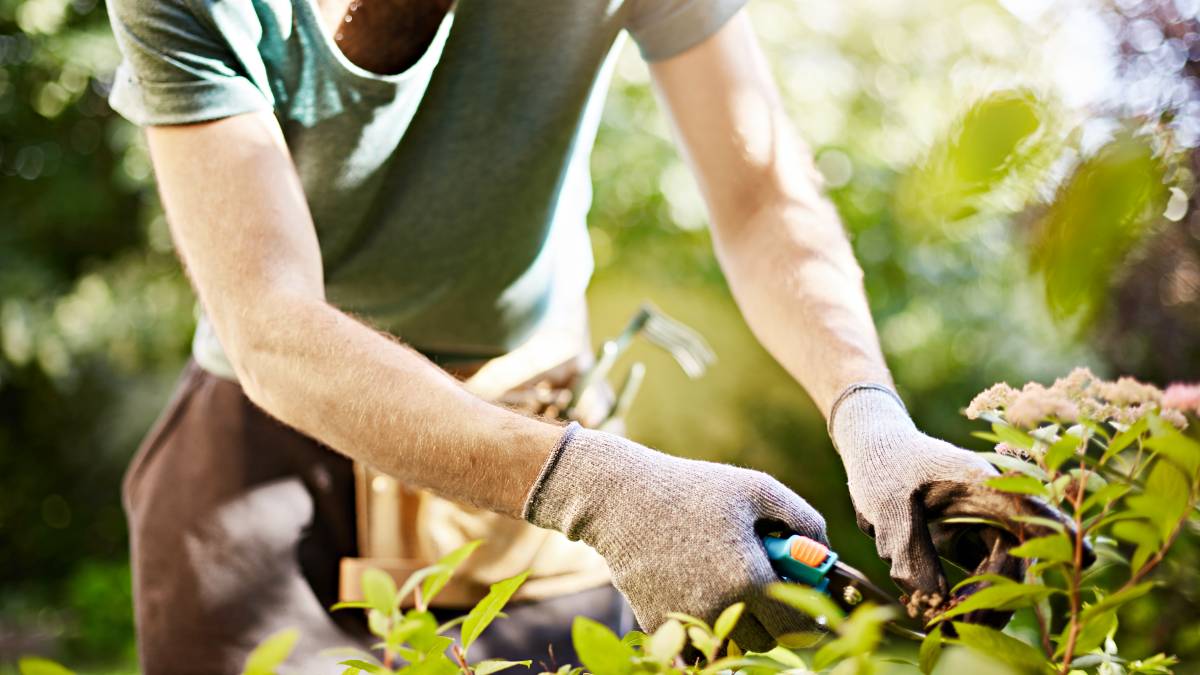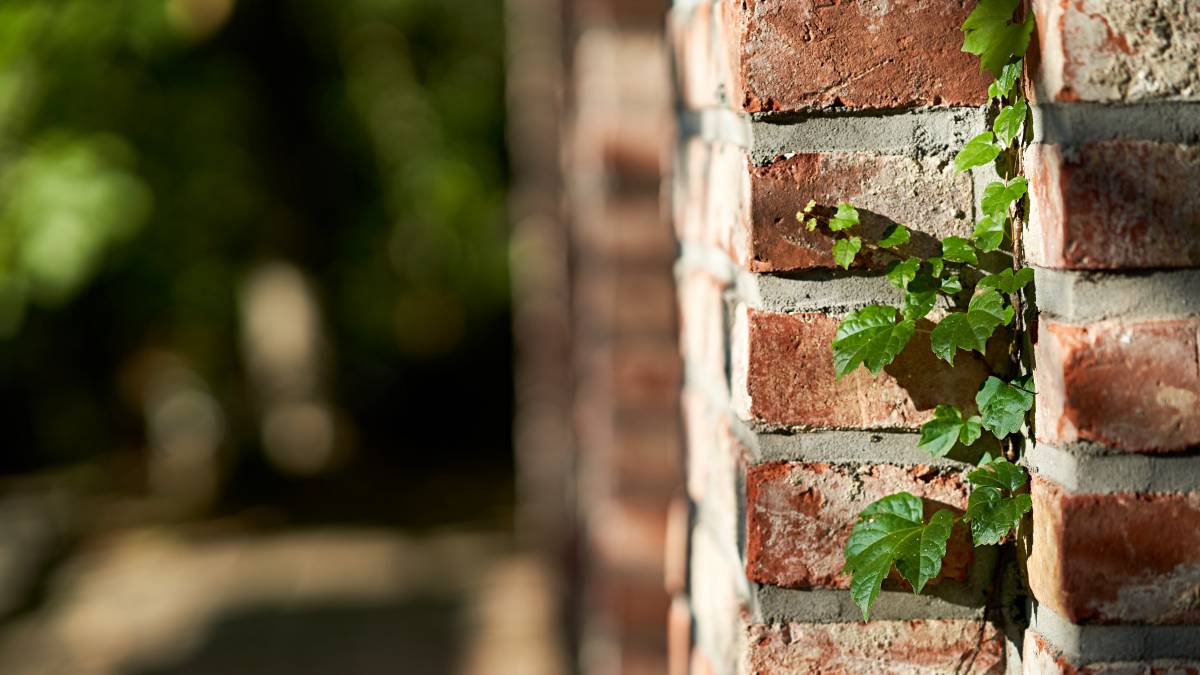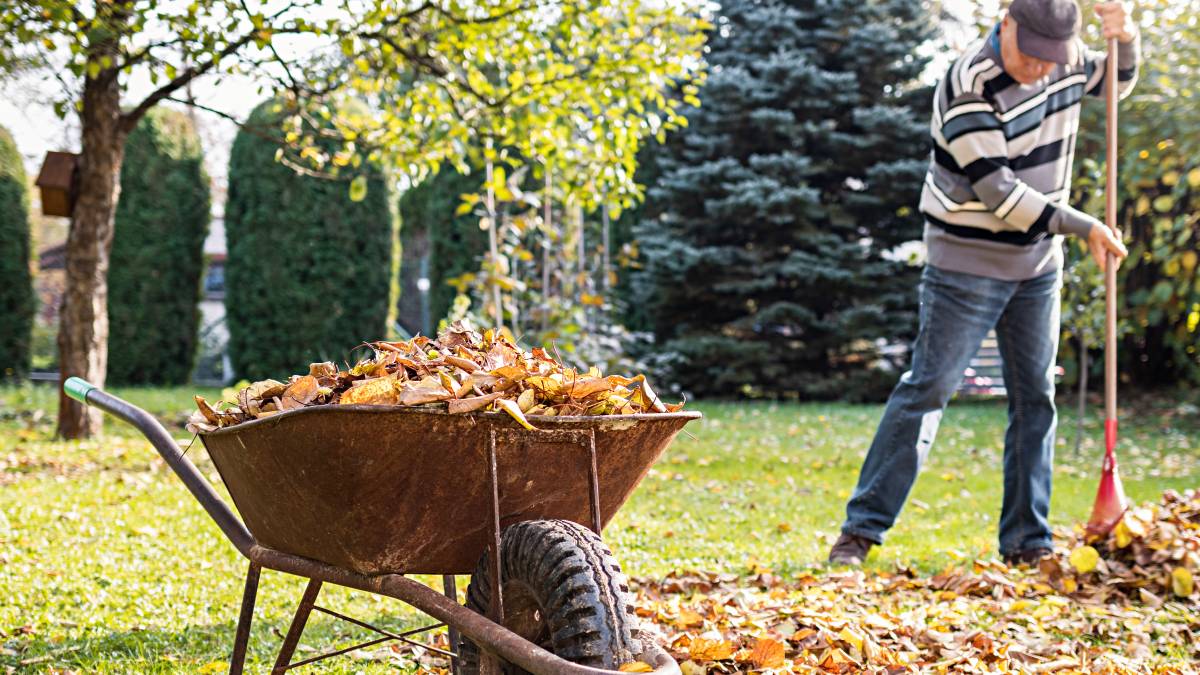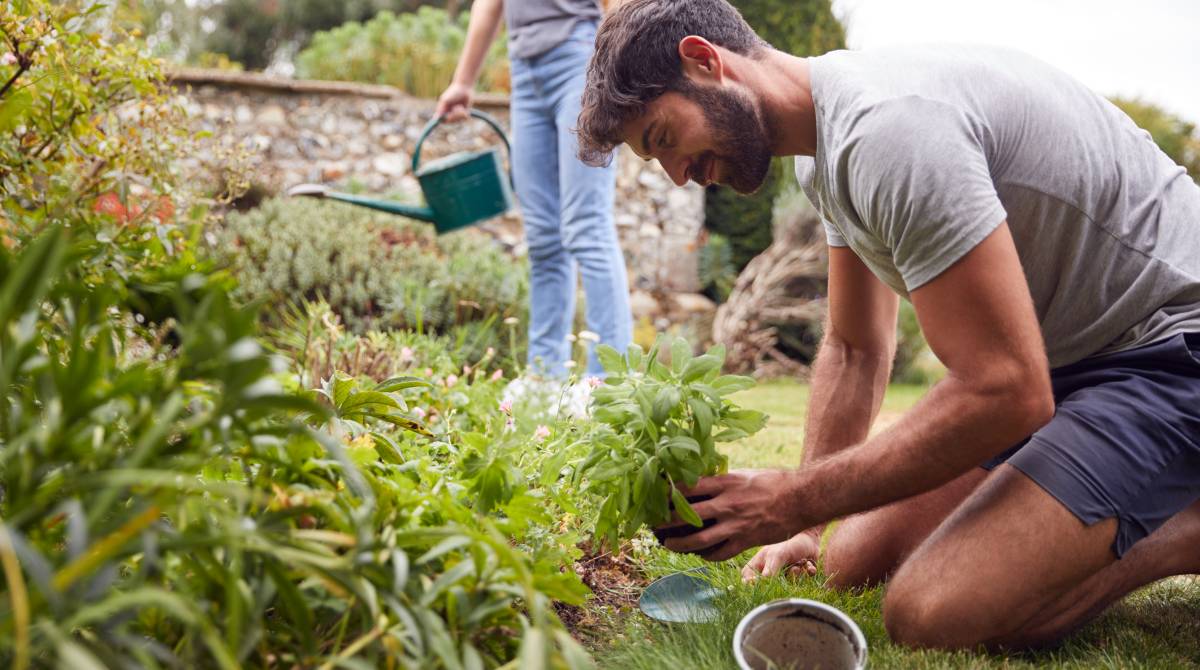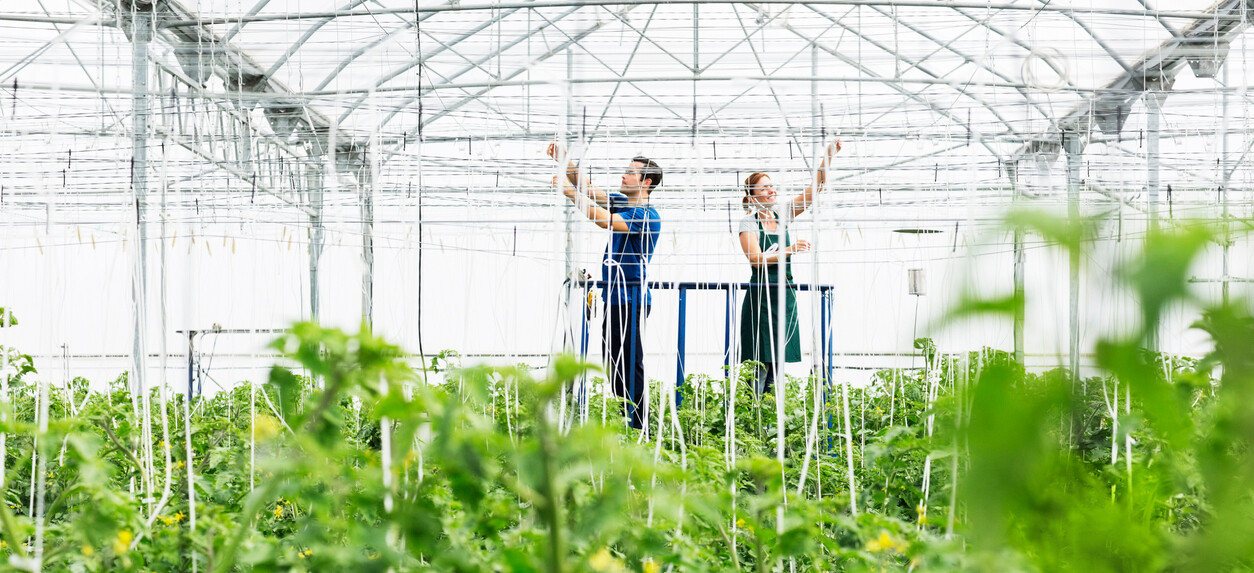
How to build a greenhouse: A step-by-step guide
Build a greenhouse and enjoy fresh produce year-round!
Find a gardenerLast Updated on
Key Steps
Choose a sunny, well-drained spot for your greenhouse.
Decide on your greenhouse design and materials.
Construct a sturdy, level frame and enclose it with glazing material.
Install a door for easy access and a ventilation system for proper airflow.
Start your gardening journey!
A greenhouse is more than just a structure made of glass or plastic; it’s a hub for seasoned gardeners and budding horticulturists. Beyond a shelter for plants, a greenhouse offers many benefits that can transform your gardening experience. It can allow you to cultivate plants year-long and shield them from harsh weather conditions and pests.
A greenhouse is also a space for experimentation and creativity in gardening. However, before you dig into this exciting new project, there are factors to consider, such as location, budget, and materials.
So, whether you’re a pro gardener looking to extend your growing season or a novice eager to nurture your indoor oasis, this blog shows you step-by-step instructions on how to build a greenhouse that suits you.
Things you’ll need
The materials list will depend on the size and design of your greenhouse. You can even use greenhouse kits conveniently ready for assembly. But common materials and tools include the following:
Frame structure - Wood, aluminium, steel, or PVC pipes.
Glazing material (side and roof panels).
Floor - Concrete footings, cinder blocks, or pressure-treated lumber.
Fasteners - Nails, screws, bolts, and nuts.
Doors and windows - Hinges, handles, and latches.
Roof and side vents - Automatic or manual vent openers.
Shelving and benches (optional).
Cooling or heating system - Heater, fans, shade cloth, or venting systems.
Irrigation system - Drip hoses or a watering system.
Tools - Saw, drill, measuring tape, and level.
Safety gear - Gloves, safety glasses, and protective clothing.
Plants - Vegetables, herbs, seedlings, etc.
Time of completion
Your DIY greenhouse project time varies depending on several factors, like the complexity of your greenhouse design, your level of experience in construction, the availability of materials, and the size of the greenhouse. A simple small-scale greenhouse can take a few days to a week to construct, while a larger, more intricate design may take several weeks or months to complete.
7 Steps to build a greenhouse
Step 1: Choose a location
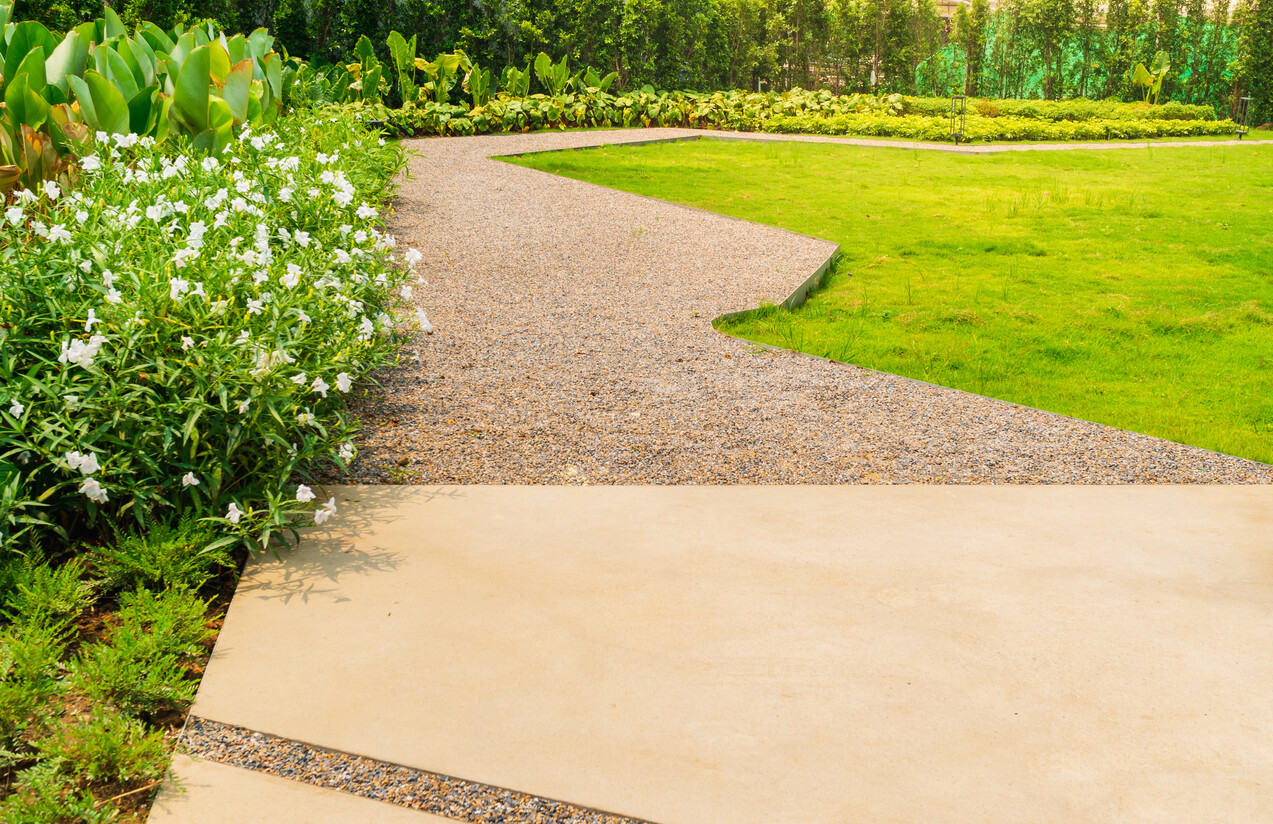
Many plants require sun, so choose a spot with at least six hours of sunlight daily. For fair light, a north-south orientation is typically the best position for a greenhouse in Australia. Meanwhile, an east-west alignment might offer better light transmission in the southern regions. However, with the Australian climate, the priority is ensuring efficient cooling and ventilation.
If you’re eyeing a backyard greenhouse at home, settle on a level, well-drained site to provide a stable foundation for your greenhouse structure. It’s best to steer clear of low-lying areas as these are susceptible to flooding, which could adversely affect your greenhouse and its contents.
Step 2: Build the frame
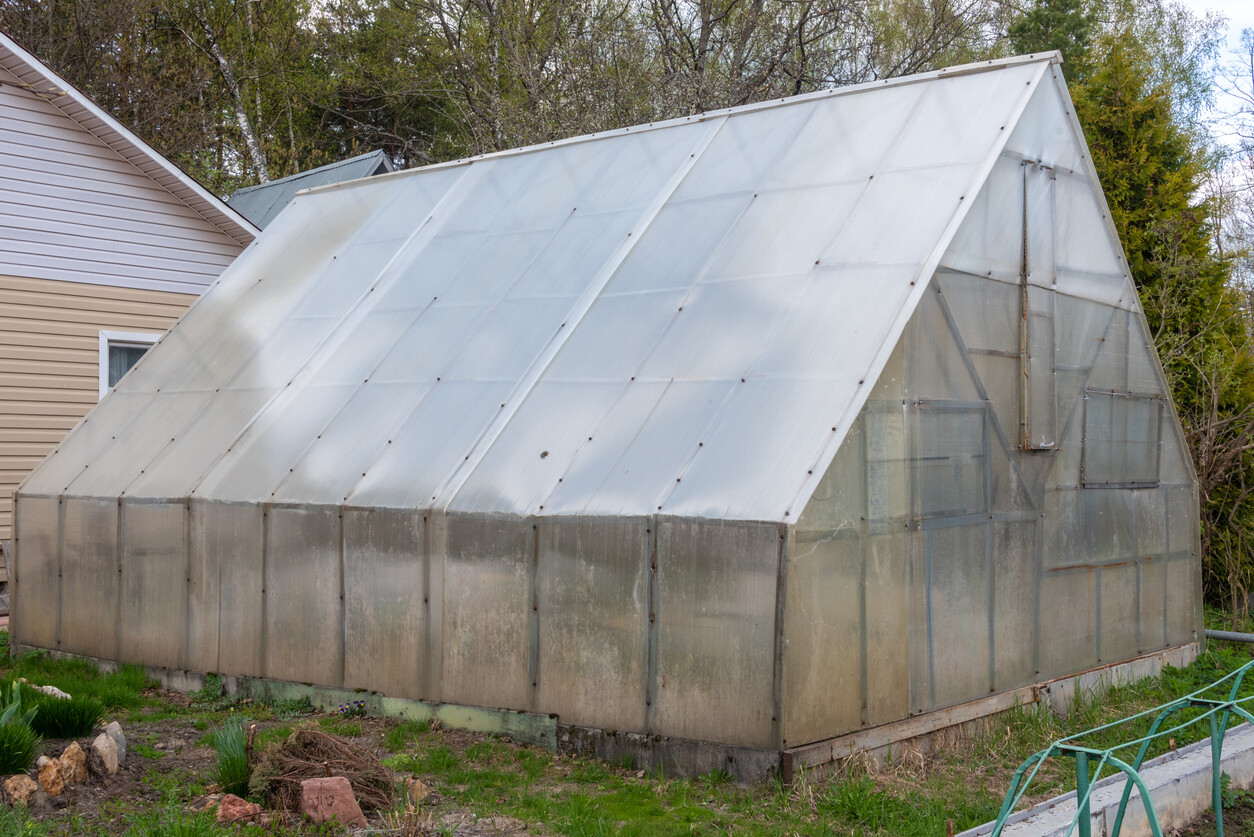
The frame is the fundamental structure or support of your greenhouse. Hence, durability and construction quality are paramount. If you’re using wood, select pressure-treated framing lumber, which enhances its resistance against rot and decay over time. A timber greenhouse is perfect for a traditional and classic look.
Conversely, if you opt for metal, galvanise it to effectively ward off rust and extend the life of your greenhouse frame.
Step 3: Install the glazing
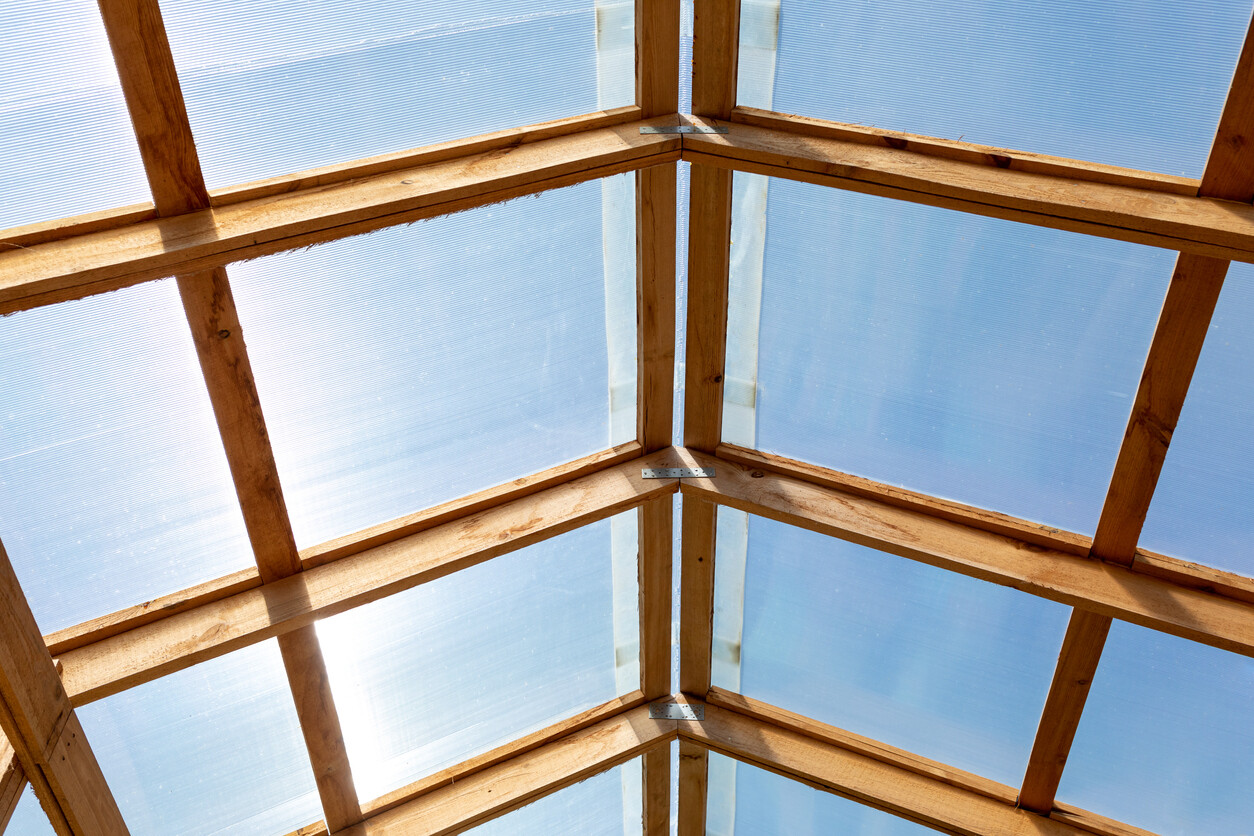
The glazing envelops the frame, allowing light into the greenhouse. Transparent walls and roof panels should be your goal, especially if you’re growing tropical plants in your greenhouse. You have several options for glazing materials, including glass, plastic, and polycarbonate. While glass is durable, it costs much more.
If you’re looking for budget-friendly choices, plastic and polycarbonate are alternatives. However, they may not match glass in terms of long-term durability. Your choice of glazing material should align with your greenhouse project’s needs and budget.
Step 4: Add ventilation
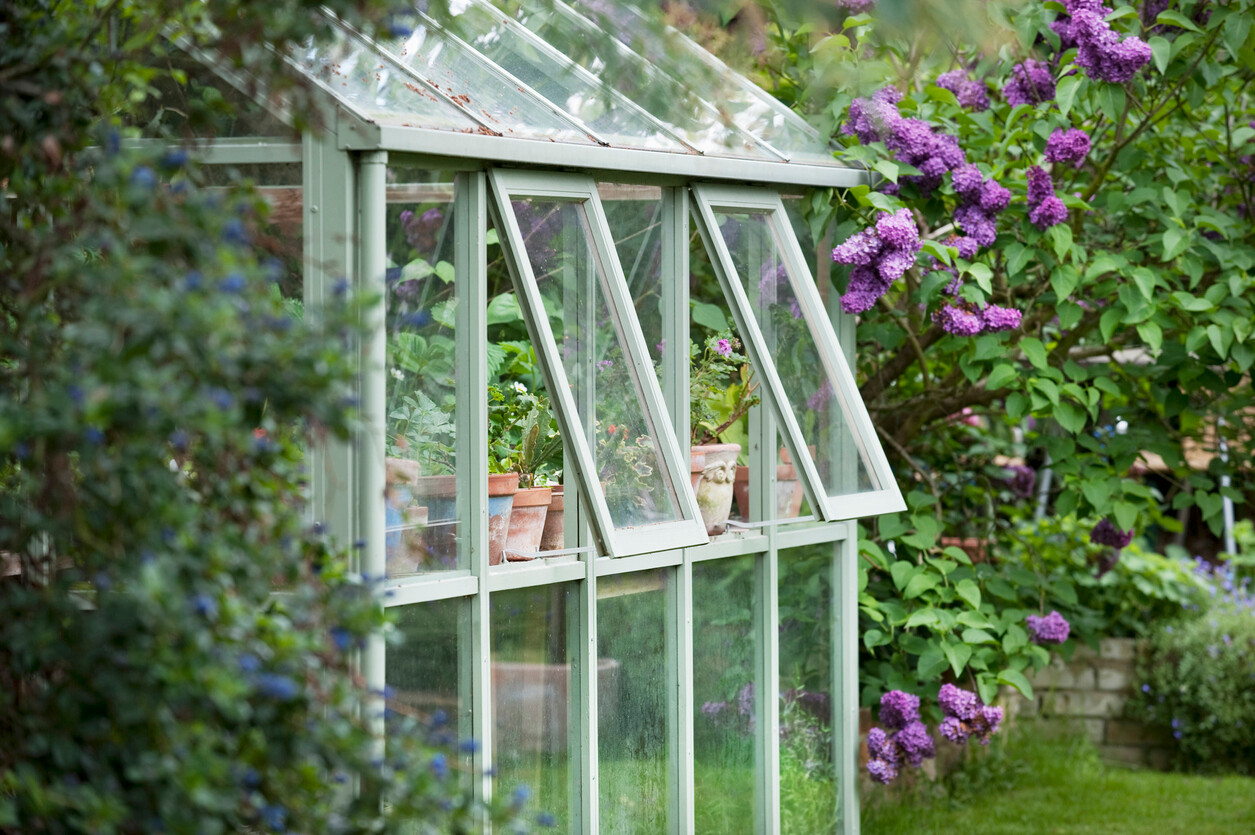
Proper ventilation in your greenhouse is vital for regulating temperature and humidity levels. Adding roof and wall vents within the greenhouse structure can give you control over airflow. Consider installing fans to enhance air circulation and promote plant health. Ventilation is pivotal in creating optimal growing conditions, ensuring your plants thrive year-round.
If you live in areas with extreme conditions like frost and high winds, have a heating or cooling system. The correct temperature is essential for your greens’ optimal growth.
Step 5: Install a door
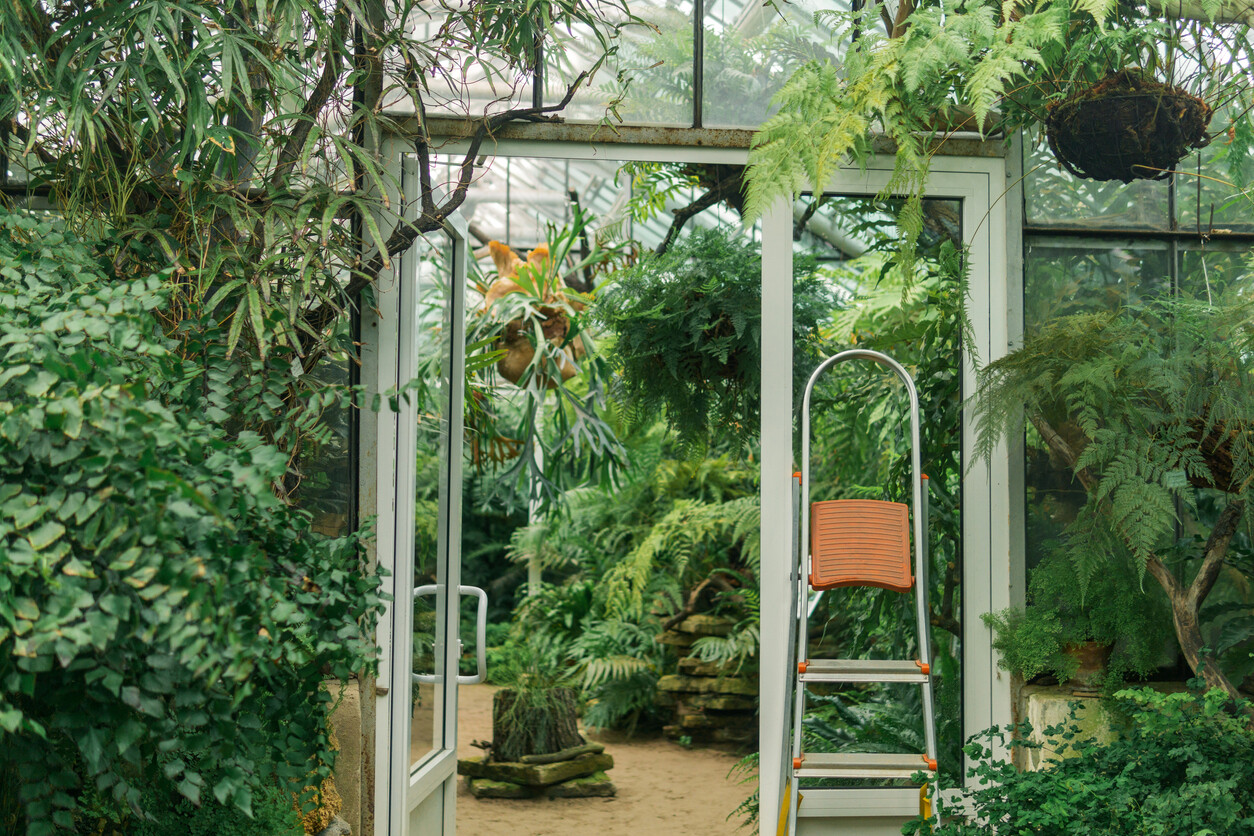
A door gives you access to your greenhouse’s interior space. Remember to consider its dimensions. Ensure your door offers adequate size and clearance to easily move plants and equipment in and out of the greenhouse.
Step 6: Secure flooring
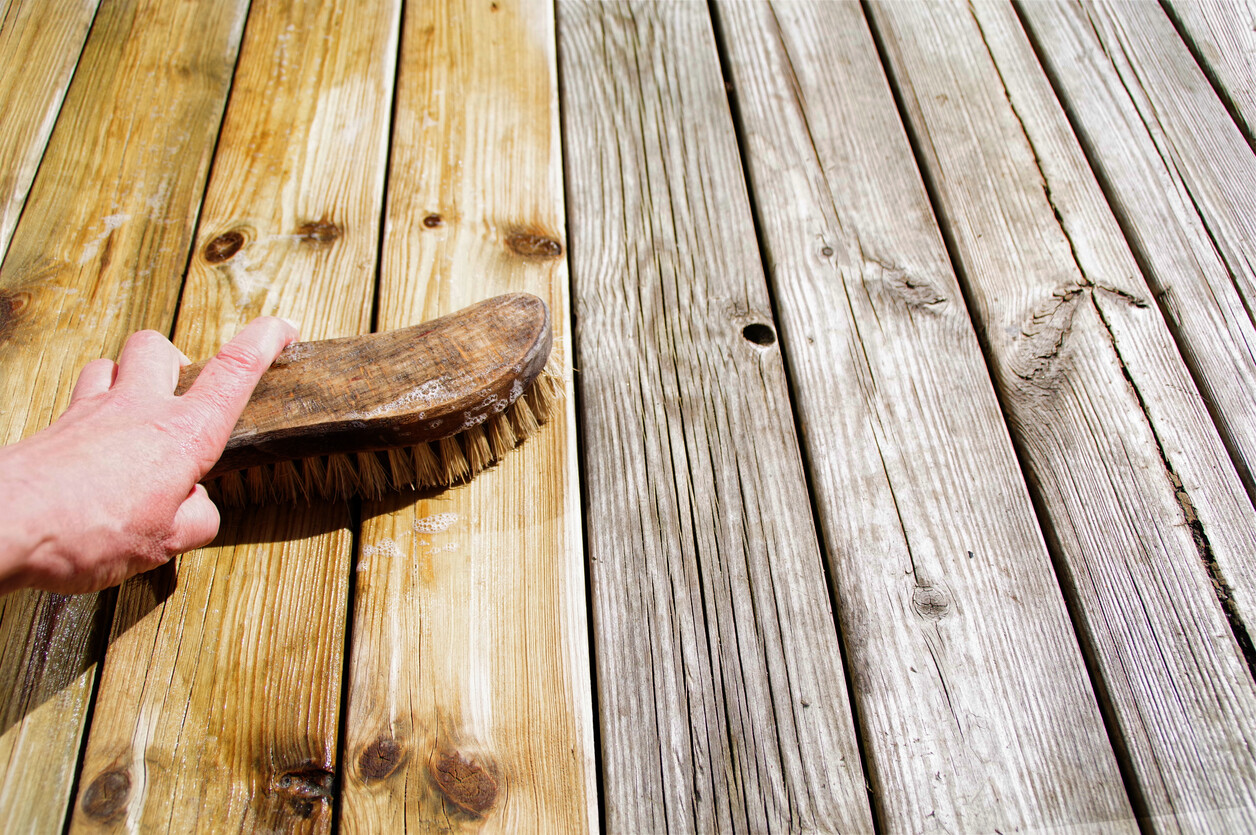
While not mandatory, adding a floor to your greenhouse can enhance the usability of the space. Your working environment becomes more comfortable, and your plants have extra protection from the ground, which may have pests and diseases. Greenhouse flooring materials include wood, concrete, or gravel. Each option has unique benefits, depending on your preferences.
Step 7: Bring in the plants
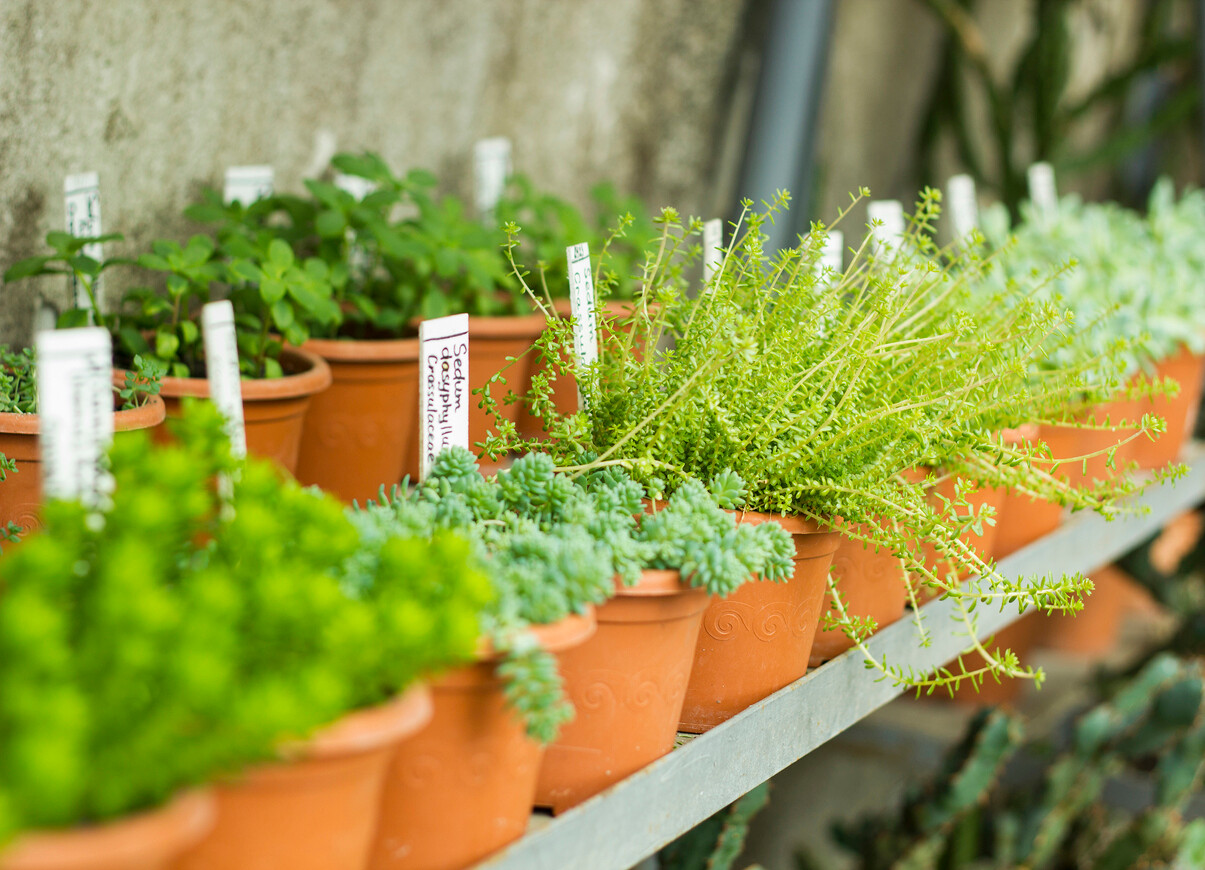
The final and most exciting step is bringing plants into your greenhouse. Select plants suitable to the climate conditions of your region. If planting seeds or seedlings, maintain a consistent watering schedule, nurturing them properly.
Extra pointers
It’s crucial to plan your green project carefully and allocate enough time. If needed, ask for help from others or find a reliable handyman to ensure you complete your greenhouse the way you want. Moreover, some regions have local building codes, so comply when building your DIY greenhouse.
In case budget is a concern, you can go for recycled materials. Your greenhouse can be made from a repurposed clear plastic tarp and old windows. Use empty jars, bottles, and cans when you start seeds or redecorate them to look like creative planters. These small steps go a long way in going green and practising sustainability.
If you’re a beginner in the garden, start with a few plants only to avoid overwhelming yourself. Remember to be patient because growth takes time, and most importantly, enjoy building your greenhouse.
Harvesting your greenhouse success
Building a greenhouse opens many possibilities for year-long gardening and bountiful plant growth. Seeing what you sowed bloom is a rewarding endeavour. However, if DIY greenhouse construction feels daunting, fear not. A garden expert can help you from start to finish, making your green paradise come to life. Find an Airtasker today!
FAQs on building a greenhouse
A mini greenhouse is an excellent choice for beginners or those with limited space. The compact size and simplicity come with a straightforward assembly. You can also customise it easier to suit your needs. It’s usually budget-friendly, too.
Learning how to build a cheap greenhouse in Australia is similar to constructing a regular one. But instead of buying new items, you can go for recycled materials. Get creative and repurpose products to cut down on expenses.
Yes, you can have a greenhouse in your backyard. But remember to consider location, climate, and the size of the greenhouse. It’s also best to check local regulations for compliance and see if pest and disease management is necessary.
Find gardeners, fast
Find a gardener
Related articles
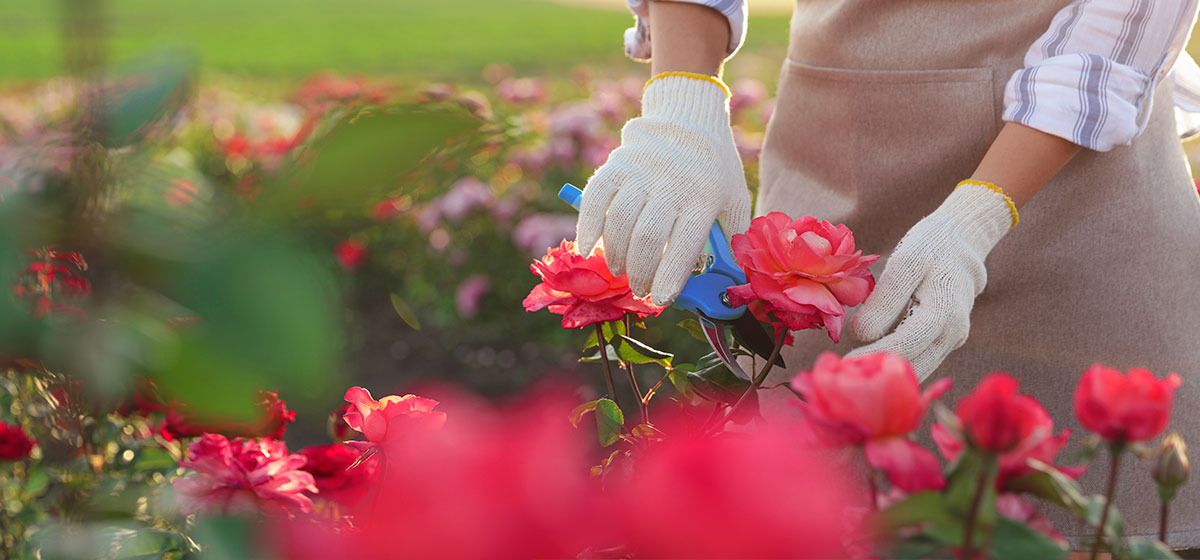
How to prune roses the right way
Read more
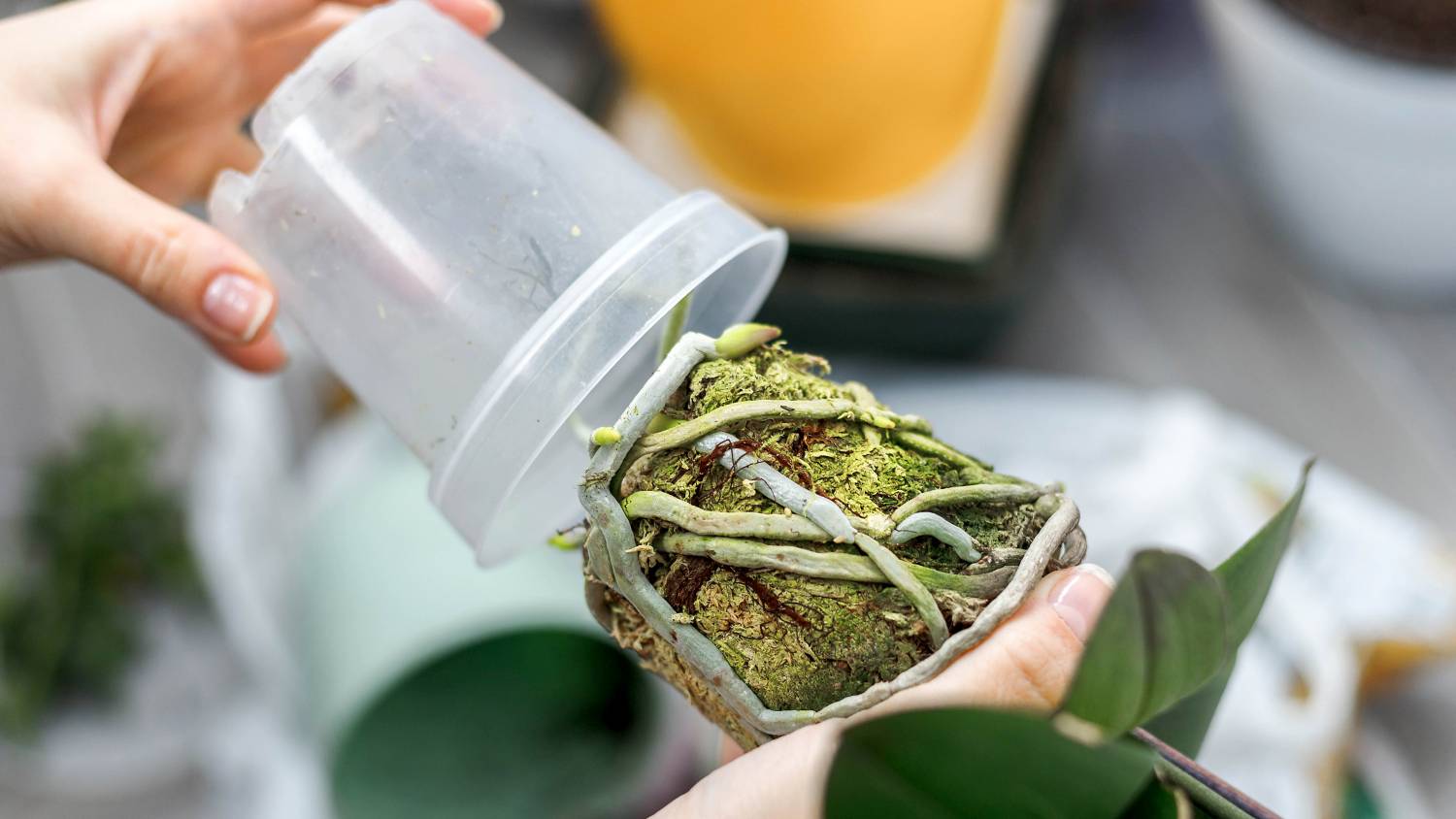
Learn how to repot an orchid
Read more
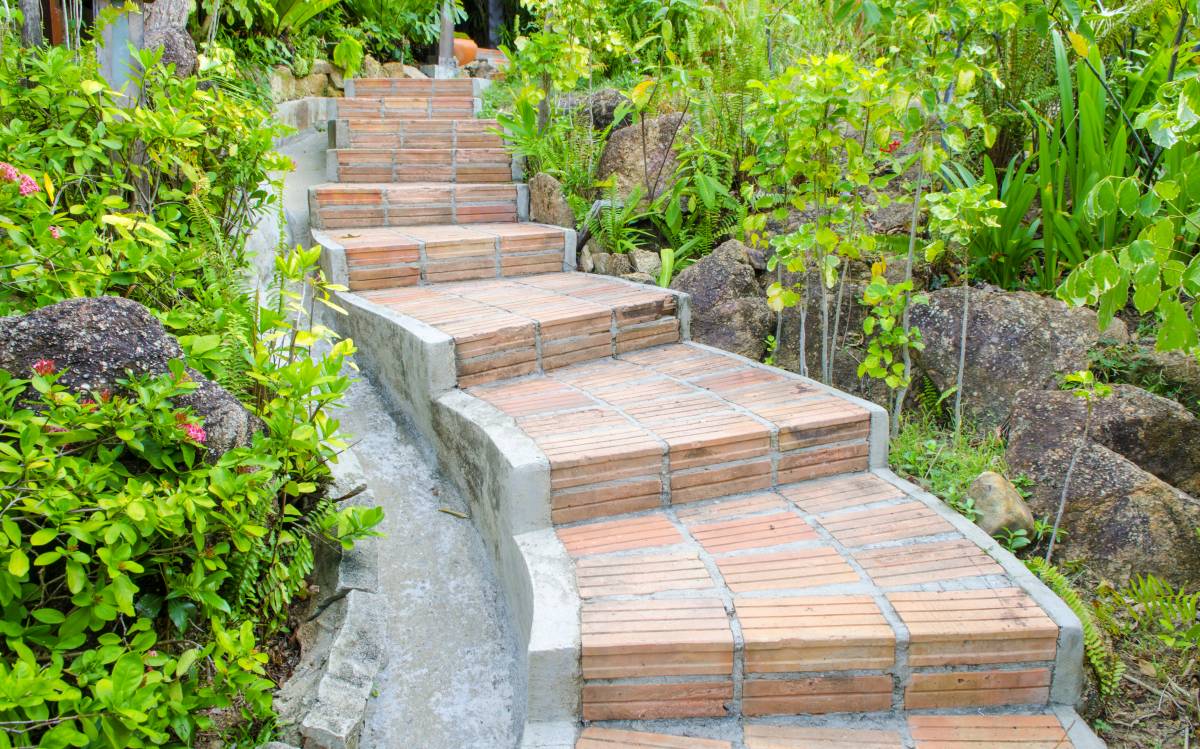
How to build garden steps
Read more
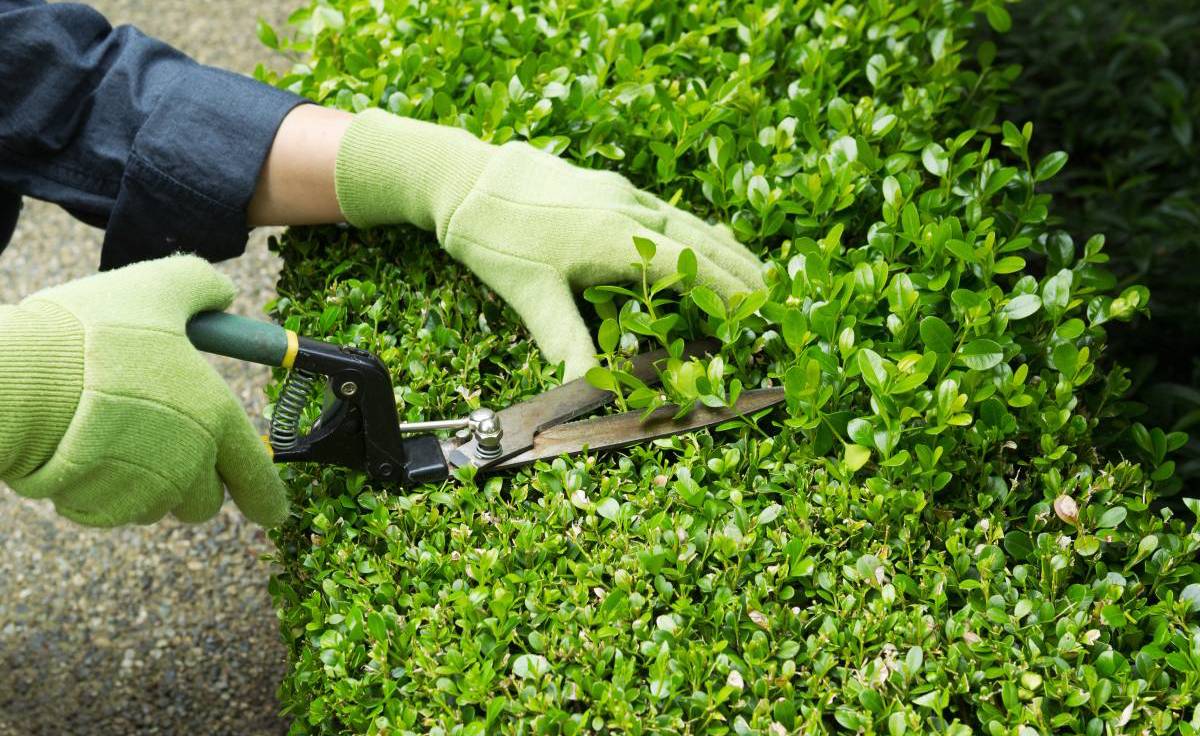
How to trim bushes the right way
Read more
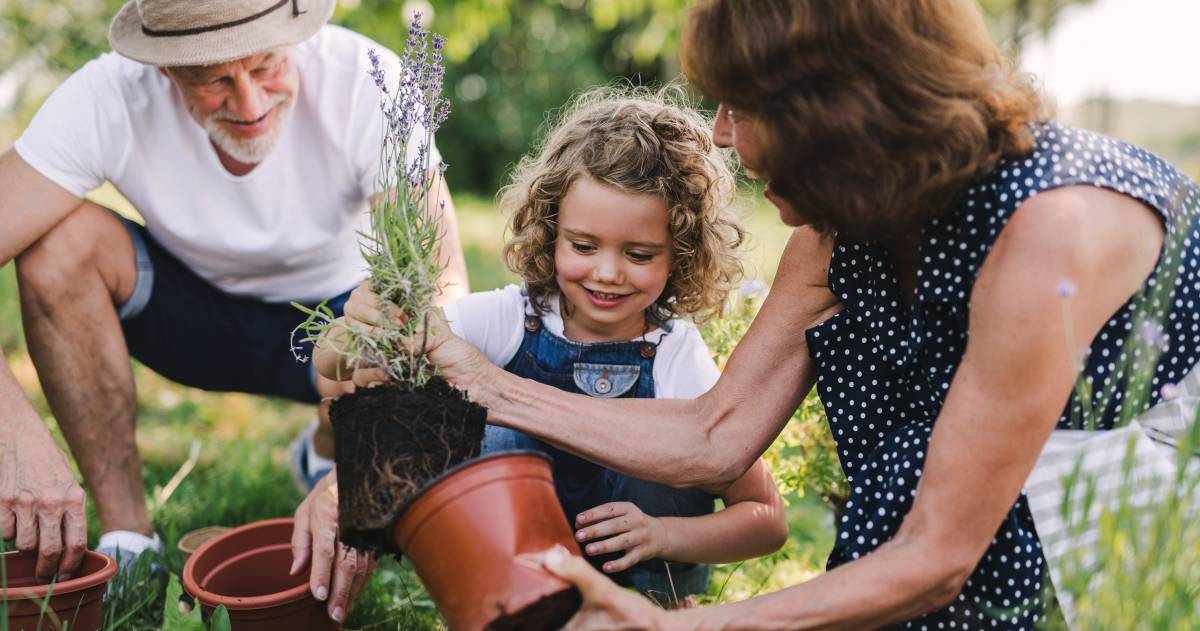
13 best spring gardening tips
Read more
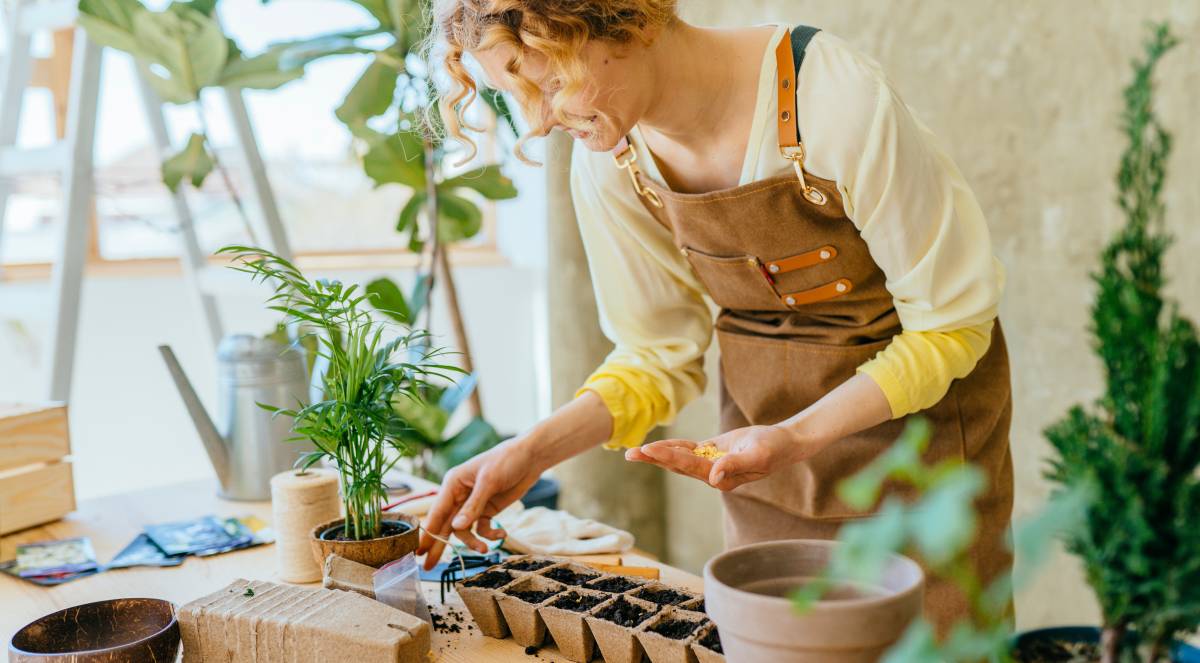
25 ways to make money gardening
Read more
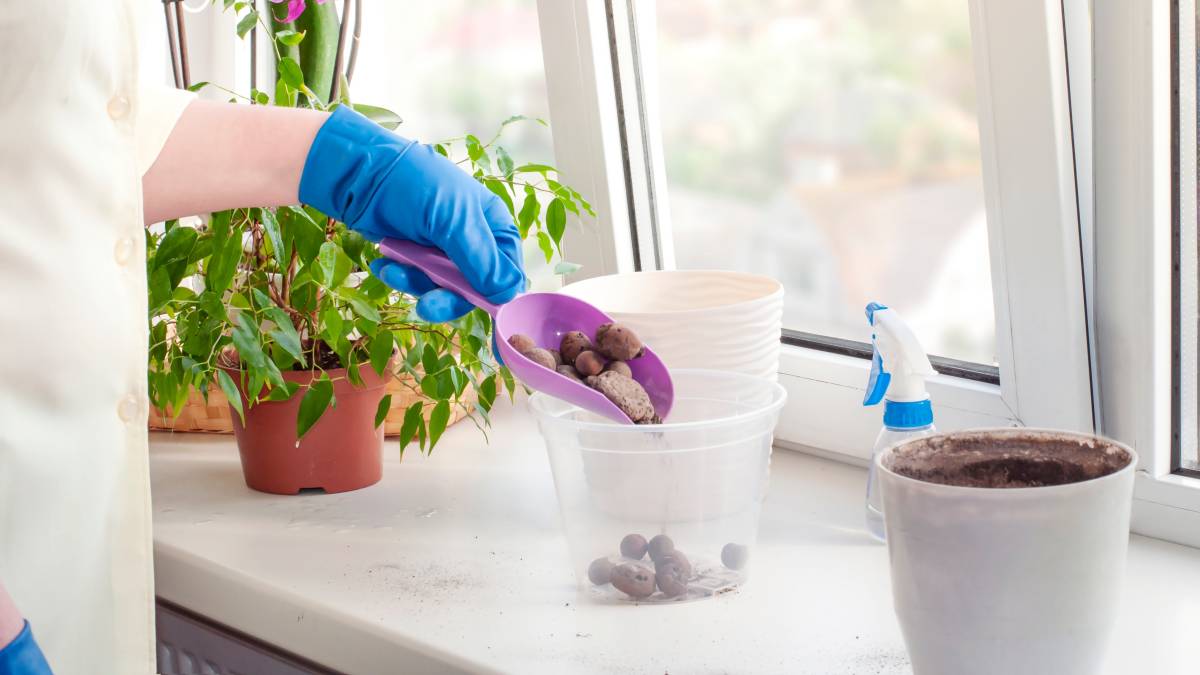
36 Quirky plant pot ideas you’ll love
Read more
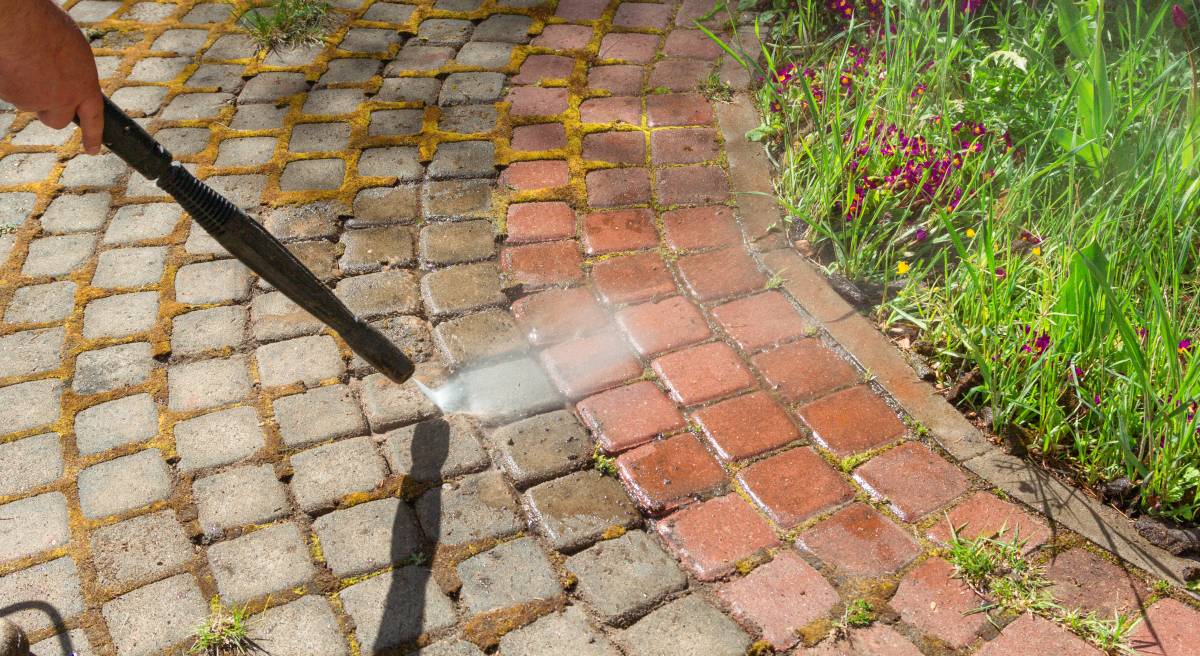
How to clean garden rocks
Read more
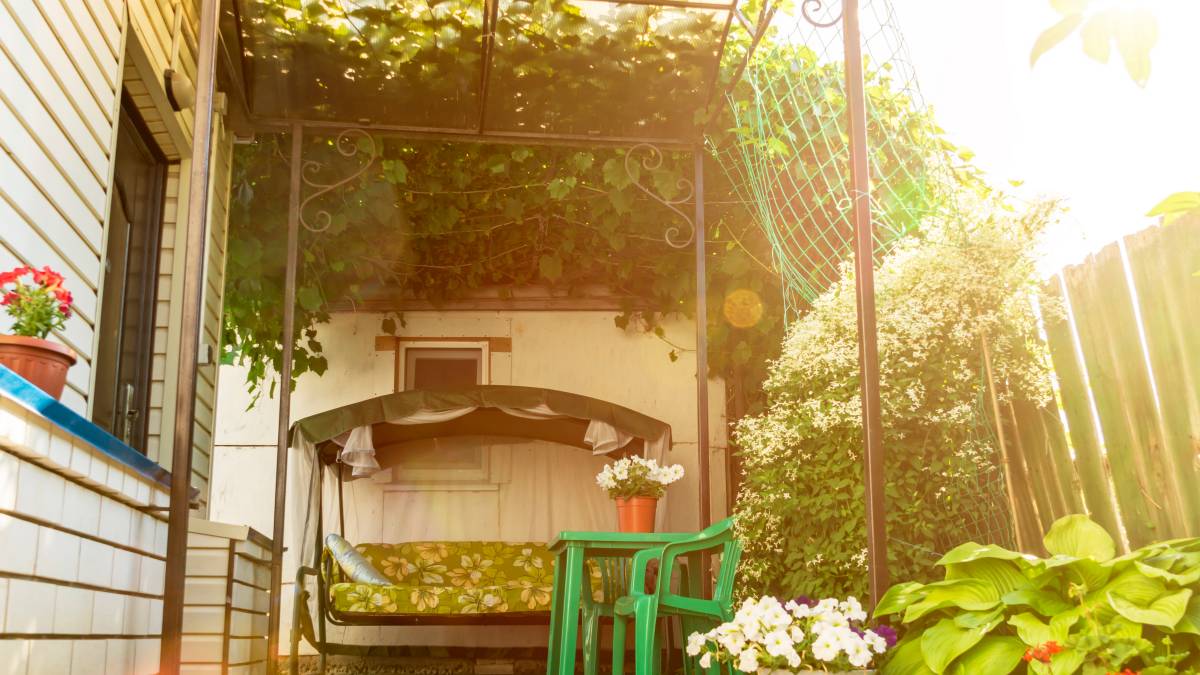
18 Garden canopy ideas you’ll love
Read more

Gardening tips for beginners
Read more
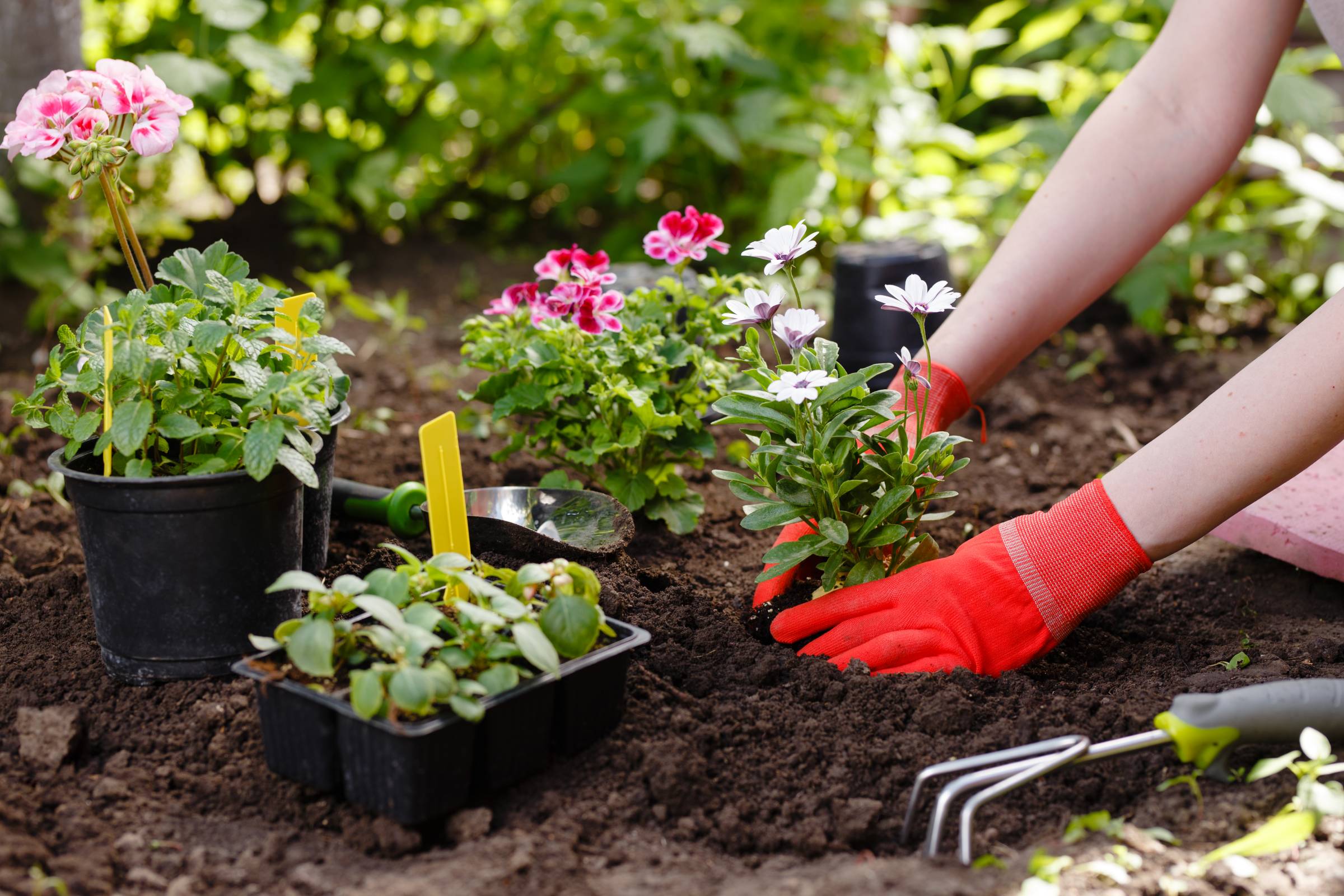
Your garden maintenance checklist
Read more
Related price guides
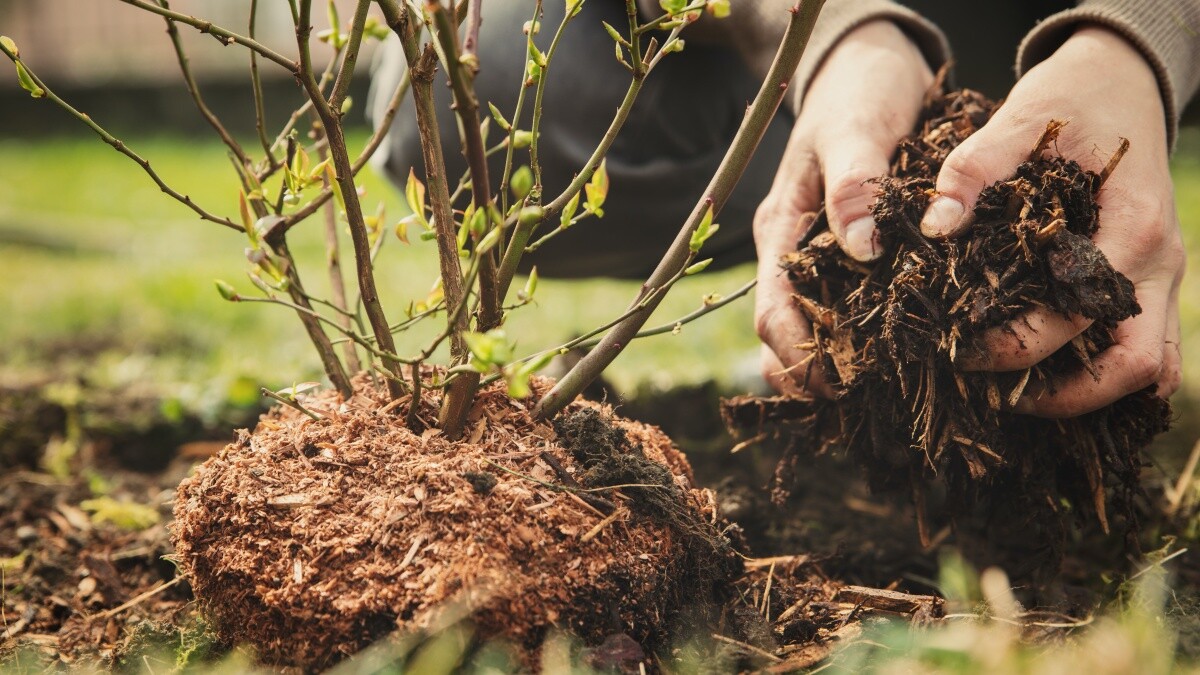
How much does mulch cost?
Read more
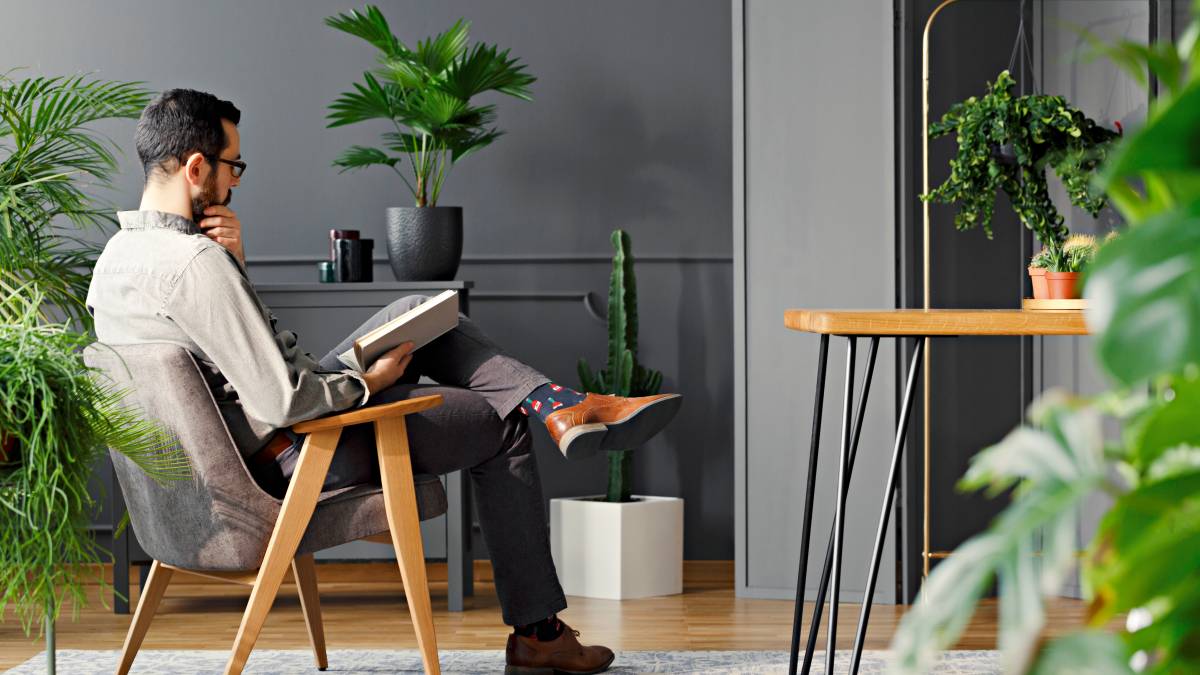
How much does a garden room cost?
Read more
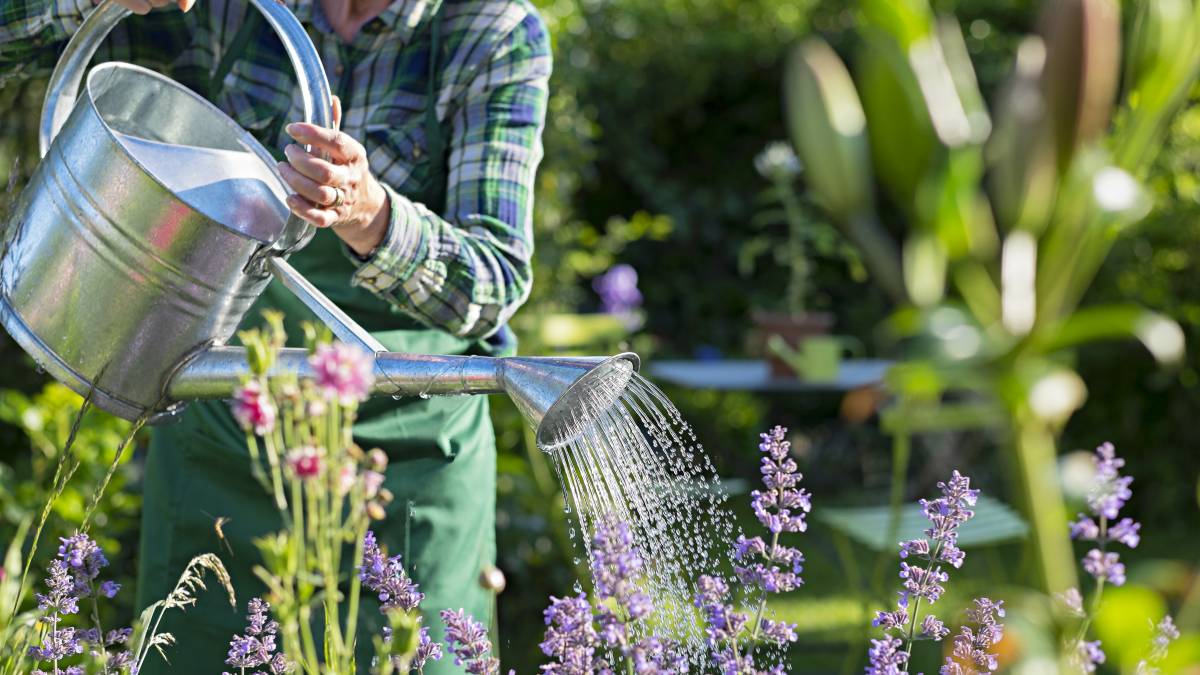
How much does a gardener cost?
Read more
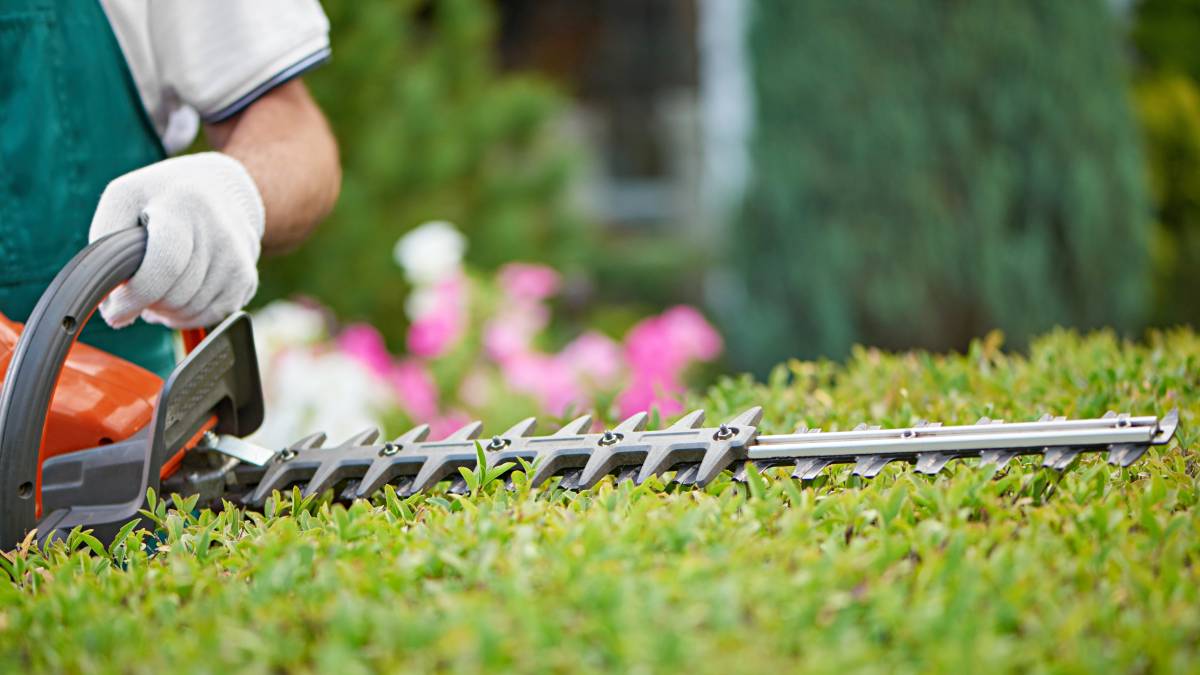
How much does hedge removal cost?
Read more
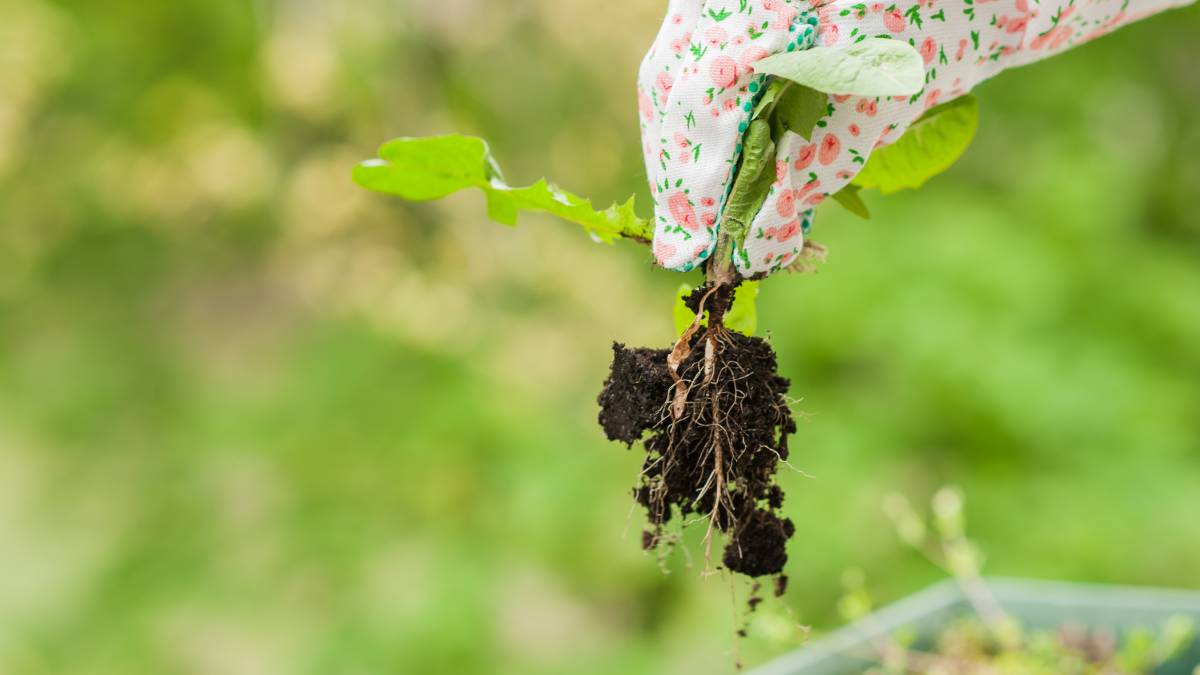
How much does weeding cost?
Read more
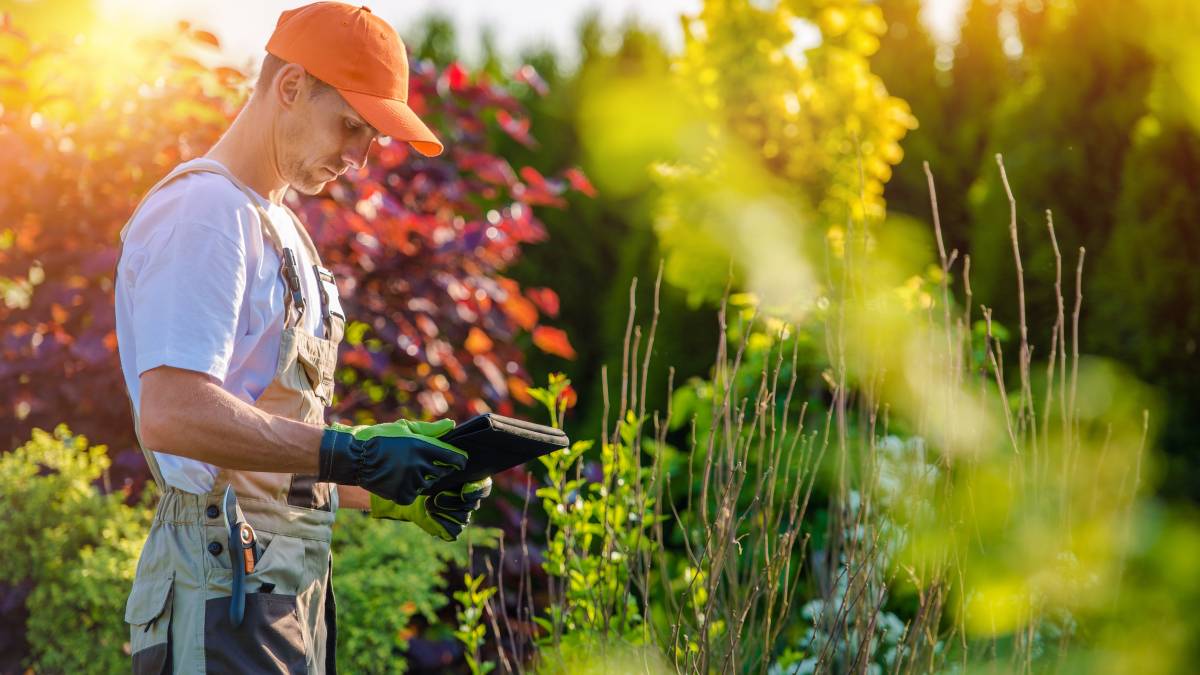
How much does garden clearance cost?
Read more

